
bad_Q
-
Numero contenuti pubblicati
215 -
Iscritto il
-
Ultima visita
-
Giorni Massima Popolarità
1
Tipo di contenuto
Forum
Galleria
Calendario
Download
Articoli del sito
Store
Blog
Risposte pubblicato da bad_Q
-
-
I really deslike the way they do with "fuel/charging" cap door.
it is too noticeable on such clean and sleek design

-
 3
3
-
-
-
- Questo messaggio è molto popolare
- Questo messaggio è molto popolare
We are waiting for Giulia TZ4 for years, but it was always interesting for me why not to elaborate to most easiest Alfa to convert - 4C
And accidentally i found that news on Zagato website:
https://www.zagato.it/en/news/club-alfa-romeo-4c/
Cita25 Jun 2022
CLUB ALFA ROMEO 4C
Twenty-five beautiful Alfa Romeo 4C celebrated the Alfa Romeo e birthday’s during the visit to Zagato Atelier. The Car Club Members could see the exclusive Zagato’s car collection on our showroom and could appreciate extraordinary pieces as the Alfa Romeo 1500 6C Testafissa (1932) of the Scuderia Ferrari and the Alfa Romeo TZ3 (2010). During the visit, they listened the details of the century history between Zagato and Alfa Romeo that gave birth of 100 pre-war models and 60 post-war models, in addition the limited edition of 23 Alfa Romeo Zagato realized for the Scuderia Ferrari from 1930 to 1938. All Car Club Members received the sketch of Zagato’s interpretation of the Alfa Romeo 4C.
And moreover, that sketch was also published, dated 01/2015.
I have no idea if it went beyond this drawings, but considering how many of Zagato jewels is usually hidden, and how easy to convert 4C... who knows
-
 3
3
-
 3
3
-
 5
5
-
 1
1
-
Saw first images of this car about six month ago, but did not realised it was "leaked")


and you even can find it on Zagato website, if you pay some attention:
https://www.zagato.it/en/news/soc-dinner/
-
 2
2
-
-
-
Btw, if you really wanna read first Tonale drive review, it was already published by australian Whichcar two days ago... but shortly dissapeared from their site. Looks like someone didn't read embargo commitments first)

but you know, internet remember everything, and it was fully word-to-word reprinted by some shitty blog:
https://lifecarstore.com/2022-alfa-romeo-tonale-overview-worldwide-first-drive/
and actually this review looks not so impressive
-
 2
2
-
-
3 minuti fa, Osv scrive:
Ah ma fanno vedere pure lei domani?
yes, Folgore will be part of launch event
-
14 minuti fa, Osv scrive:
Domani all’evento ci saranno Alessandro Borghi, Matilda De Angelis, Dardust e Giovanni Soldini.
Spero che stasera esca qualche leak come fu per MC20…
no chance 😅

-
 2
2
-
 3
3
-
-
3 ore fa, KimKardashian scrive:
Если они делают это в России, это означает, что они экспортируют его в соседние страны за пределами ЕС (такие как Украина, Турция).
No, as it was declared - main target is exports to EU
-
It was announced today in Russia that a new generation Fiat Scudo will be manufactured on PCMA Rus JV plant (70% PSA and 30% Mitsubishi) in Kaluga.
It will be based on K0 PSA platform (Peugeot Expert etc.), and it looks like Russia could be solely production site for Fiat twin, because great export plans was announced.
This plant currently already produce Citroen Jumpy/SpaceTourer, Peugeot Expert/Traveller and Opel Vivaro/Zafira Life for Russian market only, but for export perspectives it workface will be expanded with 1000 workers be added this year.
-
 1
1
-
 2
2
-
-
9 minuti fa, bad_Q scrive:
new bonnet with famillar 124-esque bubbles
sorry, nothing is new in FCA, it was previously used in 695 biposto back in 2015

-
Cita
Nuova Abarth 695 Esseesse: performance, accelerazione ed handling ai massimi livelli per la nuova "Collectors’ Edition” dello Scorpione- Prodotta in soli 1.390 esemplari la nuova “Collectors’ Edition” di Abarth definisce il nuovo benchmark: migliore accelerazione ed handling per la più veloce della gamma.
- Due i colori disponibili: 695 unità in “Scorpion Black” e 695 in “Grigio Campovolo”.
- Design unico con dettagli iconici che richiamano il passato e il presente del brand.
- La nuova campagna di comunicazione è disponibile ai seguenti link: Nuova 695 Esseesse (link) e Nuova Gamma Abarth (link).
- Ispirata all’omonimo modello del 1964, la nuova 695 Esseesse è la perfetta sintesi tra esclusività e sportività: nuovo cofano in alluminio che la alleggerisce e modifica la distribuzione dei pesi e Spoiler ad Assetto Variabile per migliorare l’aerodinamica.
Il marchio dello Scorpione torna a far battere il cuore degli Abarthisti con una nuova “Collectors’ Edition”: l’Abarth 695 Esseesse, il cui nome affonda le proprie radici nella storia del marchio e rinvia direttamente ai suoi albori, quando i kit di trasformazione degli anni Sessanta fecero la fortuna di Carlo Abarth, consacrandolo come l’inventore dell'elaborazione per le vetture di mass production.
Prodotta in tiratura limitata in soli 1390 esemplari, suddivisi in 695 unità “Scorpion Black” e altrettante 695 nel colore “Grigio Campovolo”, l’Abarth 695 Esseesse è la nuova edizione da collezione dedicata a chi desidera al contempo esclusività, performance ai massimi livelli e anima racing.
Nel crearla il team di ingegneri e designer Abarth si è ispirato al modello del 1964, ovvero a quel “cinquino” elaborato 695 Esseesse con una cilindrata aumentata a 690 cm³ e 38 CV che raggiungeva i 140 km/h, pensato per un uso quotidiano, sfruttabile come una city car sportiva, ma rivolto a chi era alla ricerca della massima performance sulle strade di tutti i giorni e prodotto in sole mille unità. Inoltre, sulla “piccola cattiva” dello Scorpione risaltavano le sigle distintive con il monogramma “SS “in lettere maiuscole sul cofano e per esteso in minuscolo, “esseesse”, sul cruscotto. E fu subito un successo per gli amanti della sportività italiana.
Nel disegnare la nuova Abarth 695 Esseesse l’obiettivo era migliorare ulteriormente le prestazioni in termini di accelerazione e handling. La ricerca si è dunque spinta verso la riduzione dei pesi, il differente bilanciamento e la cura aerodinamica. Il nuovo cofano in alluminio con doppia gobba, oltre a caratterizzare la nuova 695 Esseesse dal punto di vista estetico, riduce il peso del 25% rispetto ad un cofano normale, e unito all’adozione dello scarico Akrapovic e ad altri interventi mirati, ha ridotto il peso complessivo della macchina di 10 kg rispetto ad una Abarth 595 Competizione. A questo elemento distintivo si unisce nel posteriore lo Spoiler ad Assetto Variabile. Tutti elementi che, oltre a caratterizzarne lo stile, hanno migliorato le prestazioni, ad esempio: nel quarto di miglio (400 mt) la 695 Esseesse riesce a bruciare il traguardo impiegando un decimo di secondo in meno rispetto alla versione Competizione.
Performance al top e dettagli iconici tra passato e presente
Disponibile nella sola versione hatchback, la nuova Abarth 695 Esseesse colpisce subito per il nuovo cofano in alluminio e per lo spoiler posteriore che richiama il mondo delle corse e la leggendaria storia racing dello Scorpione. Lo Spoiler ad Assetto Variabile, regolabile da 0 a 60° permette - in posizione di massima inclinazione (60°) e a una velocità di 200 km/h - di aumentare il carico aerodinamico fino a 42 kg, portando a un miglioramento della stabilità in curva e una maggior reattività nei tratti misti. E questo, in abbinamento al cofano in alluminio, si traduce in minor peso, migliori prestazioni in curva e miglioramento della performance in accelerazione. In sintesi, la nuova Abarth 695 Essesse “Collector’s Edition” è la più veloce della gamma.
La caratterizzazione estetica degli esterni prosegue con una serie di elementi ispirati al passato e al presente che rendono la 695 Esseesse decisamente esclusiva, come i dettagli bianchi dei Dam anteriore e posteriore, delle calotte specchi e degli sticker laterali. Bianchi anche i cerchi da 17 pollici con coprimozzo rosso, pinze Brembo rosse, logo 695 sulla fiancata e badge 695 Esseesse sul posteriore. Da notare i due terminali di scarico Akrapovic in titanio, capaci di regalare pure emozioni sonore sia in strada sia in pista, per un divertimento e un piacere di guida unici.
Esclusività degli interni
Un piccolo gioiello di materiali e cura artigianale. Anche negli interni la nuova Abarth 695 Esseesse mostra il suo lato esclusivo: i sedili hanno la scritta “one of 695” sul poggiatesta. Si tratta di una grande novità, in quanto per la prima volta sulla nuova 695 Esseesse Collectors’ Edition i sedili sono numerati. Ad ognuno dei due body color della vettura infatti, corrisponde un sedile Sabelt con la cucitura nella stessa nuance della carrozzeria. Da notare la cintura di sicurezza di colore rosso e il guscio posteriore di colore bianco. La personalizzazione prosegue anche sulla fascia plancia in Alcantara, dove spicca, in basso a destra, una laseratura con la scritta 695 Esseesse. E per enfatizzare l’anima racing non potevano mancare gli elementi in carbonio quali il pomello cambio, la pedaliera e gli inserti sul volante.
Motori e dotazioni tecniche
La nuova 695 Esseesse è equipaggiata con il potente motore 1.4 T-jet che eroga 180 CV di potenza e una coppia di 250 Nm a 3.000 rpm e consente una velocità massima di 225 km/h (con alettone regolato a 0°) e accelerazione da 0 a 100 km/h in appena 6,7 secondi, e brucia i 400 metri con partenza da fermo in 15,1 secondi, per una perfetta sintesi tra performance motoristica e aerodinamicità. Stesso profumo di sportività anche per gli ammortizzatori Koni FSD su entrambi gli assi e per il potente impianto frenante che adotta all'anteriore pinze Brembo rosse in alluminio a 4 pistoncini e dischi autoventilati di 305 mm e di 240 mm al posteriore.
Il cambio è manuale, ma su richiesta, è disponibile il cambio sequenziale robotizzato Abarth con palette al volante.
Infine, sul fronte della tecnologia e connettività, l’Abarth 695 Esseesse è dotata del sistema di infotainment Uconnect con navigatore, schermo touch screen da 7” con predisposizione Apple CarPlay e compatibilità Android AutoTM e radio digitale DAB.Abarth performance
Abarth, che ha visto nel 2020 una crescita di quasi il 50% della quota di mercato rispetto al 2019, fa registrare nei primi 4 mesi dell’anno 2021 un ottimo inizio che vede continuare il trend positivo di crescita della quota di mercato in Europa grazie anche al lancio della nuova gamma 2021 dell’Abarth 595, con le rinnovate 595 Turismo e 595 Competizione.
Una campagna di comunicazione per celebrarla
Per celebrare la nuova 695 Esseesse Collectors Edition è stato realizzato il secondo atto della campagna di comunicazione, firmata dall’agenzia creativa Independent Ideas, nella quale si conclude il percorso iniziato da Abarth 595 Turismo e 595 Competizione, proponendo uno scenario surreale, fatto di personaggi e location fuori dal comune.
La nuova Abarth 695 Esseesse rappresenta così la chiave d'accesso a un mondo “super” esclusivo, caratterizzato da uno stile distintivo ancora più performante, dedicato a chi cerca emozioni straordinarie ogni giorno.
-
 3
3
-
 1
1
-
 3
3
-
 2
2
-
https://www.fiatprofessional.com/it/ducato-2021/van


Press Release:
Cita- Presso tutti i concessionari Fiat Professional in Italia è ora possibile ordinare il Nuovo Ducato di Fiat Professional.
- Il modello è leader tra i veicoli commerciali in Europa nel 2020 grazie a 40 anni di innovazione continua a fianco dei clienti.
- Forte di questa base, Ducato si rinnova per essere sempre un passo avanti alla concorrenza, unendo alle sue caratteristiche eccellenti di portata, volumetria, efficienza e flessibilità, l’innovazione basata su Connettività, Sicurezza, Comfort, Efficienza e Stile.
- Con il lancio del Nuovo Ducato, si completa la gamma del modello, cui si era di recente aggiunto E-Ducato, il primo Ducato 100% elettrico.
Presso tutti gli showroom Fiat Professional si può ora ordinare il Nuovo Ducato 2021, giunto alla sua ottava serie. Il modello di punta della gamma Fiat Professional, lanciato nel 1981, porta splendidamente i suoi 40 anni e li ha celebrati alla grande già nel 2020, risultando il veicolo commerciale leggero più venduto in Europa.
Già best in class per capability grazie alla gamma “all forward” più ampia sul mercato, cui si è di recente aggiunto E-Ducato, il primo veicolo commerciale 100% elettrico di Fiat Professional, il Nuovo Ducato punta non solo a confermare il suo ruolo di leader, ma a migliorarsi per essere sempre pronto a ogni missione e a soddisfare tutti i bisogni di carico e mobilità dei suoi clienti, che gli riconoscono da sempre il primato per efficienza, flessibilità e un upgrade continuo, che gli ha consentito di diventare il veicolo commerciale più venduto in Europa dopo 40 anni di continui successi.
Con questo obiettivo nel mirino, Nuovo Ducato ribadisce la sua leadership e il suo essere sempre un “passo avanti” rispetto alla concorrenza puntando su tecnologia e connettività e rinnovando anche il design e l’aspetto generale degli interni. Una nuova configurazione interamente digitale della strumentazione interna, grazie al Full Digital Cockpit in grado di restituire con immediatezza e chiarezza le informazioni e gli avvisi più utili per il viaggio, dalla navigazione agli assistenti alla guida, offre un elevatissimo grado di flessibilità grazie alla riconfigurabilità ed alla interazione con il sistema di infotainment Uconnect, per adattarsi al meglio alle richieste del guidatore. A questo si aggiungono le nuove interfacce Uconnect con schermi fino a 10”, un sistema di radionavigazione completo al top della categoria che incorpora mappe TomTom 3D e interfaccia Apple Car Play/Android Auto con sistema wireless, attraverso il quale è possibile, con un semplice tocco, accedere ai controlli più importanti del veicolo. Completano l’offerta di nuove radio la Uconnect 7” sempre con interfaccia wireless Apple Car Play/Android auto e Uconnect 5”. Il design rinnovato degli interni viene arricchito da una plancia ridisegnata, un volante ed un pomello cambio nuovo, nuovi pannelli porta e comando del climatizzatore automatico.
Grazie all’architettura elettrica completamente rinnovata, Nuovo Ducato porta a bordo una nuova grande offerta di sistemi di Sicurezza e Assistenza alla guida, volti a migliorare l’esperienza su strada e rendere il Ducato un ambiente di lavoro o di svago più sicuro. Il Nuovo Ducato infatti si proporrà come il primo veicolo commerciale leggero con guida autonoma di livello 2 offrendo un range completo di Sistemi Avanzati di Assistenza alla Guida (ADAS) sia in marcia sia in fase di parcheggio, presto disponibili nei concessionari. Dal controllo della velocità a quello della frenata per gli ostacoli improvvisi come pedoni e ciclisti, dal riconoscimento dei segnali stradali al monitoraggio dell’attenzione di guida del conducente, fino ad arrivare al cruise control adattativo con funzione stop and go, al mantenimento della corsia di marcia ed al traffic jam assist, che mantiene un controllo attivo sulla traiettoria del veicolo, tenendo in considerazione le condizioni di traffico. L’utilizzo combinato di questi tre ultimi ADAS permette al Nuovo Ducato di raggiungere il livello 2 di guida autonoma in cui il veicolo assiste autonomamente il guidatore durante le operazioni di guida, accelerazione e frenata. Un risultato unico, mai finora raggiunto da un veicolo commerciale.
Completano la ricca dotazione di sistemi di ausilio alla guida ed al parcheggio il Digital Central Mirror che proietta in digitale, migliorandola, l’immagine posteriore sostituendo il retrovisore, il migliorato sistema ESC con Cross Wind Assist e Trailer Stability Control e l’Active Park Assist, l’assistente semi autonomo per le manovre di parcheggio in parallelo e perpendicolare.
Inoltre il boom e l’attesa affermazione, anche in futuro, dell’e-commerce e delle consegne a domicilio comportano nuove esigenze e richieste in termini di comfort alla guida. Nuovo Ducato offre la sua risposta con soluzioni pratiche e intelligenti come il Keyless Entry and Go per aprire e chiudere le porte della cabina e del vano di carico e avviare il motore senza chiave, il freno di stazionamento elettrico per ridurre gli ingombri in cabina e facilitare gli spostamenti, il sedile passeggero Eat and Work che, ribaltato, diventa un comodo spazio per lavorare o fare uno spuntino, il compartimento per ricaricare in modalità Wireless i cellulari o ancora le doppie prese USB di tipo A e C, la presa di corrente ad alta tensione a 230 V, pannelli porta più ampi e capienti, il parabrezza riscaldato con resistenze elettriche interne per un rapido sbrinamento del vetro o le sospensioni pneumatiche autolivellanti, per abbassare la soglia di carico facilitando le operazioni di carico e scarico.
Sedili dal look più moderno e con nuove imbottiture offrono più spazio e comodità, il nuovo servosterzo elettrico su tutta la gamma diventa più preciso e maneggevole in ogni condizione di marcia e di portata ed il volante più piccolo e dal diametro di sterzata ridotto ridefiniscono il concetto di comfort all’interno della nuova cabina del Ducato, a tutto vantaggio dell’ergonomia e della riduzione dello stress per conducenti e passeggeri sottoposti a impegni lavorativi sempre crescenti.
Anche in termini di motorizzazioni, Nuovo Ducato conferma la sua tradizionale esperienza nel mondo dei veicoli commerciali leggeri rinnovando completamente la gamma motori sviluppati secondo le normative Euro 6D-Final e ampliando la gamma disponibile con omologazione Heavy Duty. I nuovi motori diesel Multijet3, basati sulla esclusiva e nuova architettura H3 power sviluppata interamente in casa Stellantis, raggiungono la terza generazione e consolidano i loro punti di forza, offrendo una migliore efficienza grazie al peso ridotto (a tutto beneficio della portata) e alla diminuzione dei consumi e delle emissioni di CO2 (fino a -7%, risultato Best in Class). Viene inoltre incrementata la durabilità, caratteristica fondamentale per un motore dedicato all’utilizzo gravoso tipico dei veicoli commerciali e il comfort, grazie ad una maggiore elasticità e minore rumorosità rispetto alla generazione di motori precedenti. La gamma si articolerà tra quattro livelli di potenza (120, 140, 160, 180 cavalli) con un nuovo migliorato cambio manuale a 6 marce, disponibile su tutti e quattro i livelli ed il sempre apprezzato cambio automatico “9Speed” a 9 rapporti, disponibile sui livelli di potenza 140, 160 e 180 cavalli. La gamma Heavy Duty, a disposizione sui tre livelli di potenza più elevati, con cambio manuale ed automatico, completerà l’offerta di motori disponibili, mantenendo la stessa coppia delle versioni light duty, già best in class con i 450 Nm del motore più potente. “One mission, one engine” con in tutto 13 combinazioni differenti di gamma per adattarsi al meglio delle specifiche mission.
E poiché anche l’occhio vuole la sua parte, i designer del Centro Stile hanno prestato particolare cura nel ridefinire le linee del Nuovo Ducato e l’ergonomia degli interni, particolarmente nel frontale che ora presenta un look deciso, al cui centro campeggia il nuovo ed iconico badge Fiat che sottolinea con orgoglio l’appartenenza al marchio italiano, per un veicolo prodotto nello stabilimento di Atessa. Analogamente griglia, riparo motore e skidplate sono stati ridisegnati per fornire un’impressione di omogeneità stilistica al passo coi tempi. Quello che però colpisce immediatamente è il design dei nuovi proiettori con tecnologia Full Led ad alte performance. I gruppi ottici sono divisi in tre parti, con la sezione inferiore dedicata al guida luce a led che evolve la “firma” luminosa caratteristica del Ducato. I tre gruppi ottici centrali hanno un look decisamente sportivo e forniscono il 30% in più di luminosità rispetto ai classici fari alogeni. Infine la parte superiore è dedicata all’indicatore di direzione, rinnovato anch’esso nello stile con guida luce a Led con accensione a scorrimento, un effetto molto apprezzato e utilizzato tra le auto e portato qui sui veicoli commerciali. Per completare il lavoro compiuto sullo Stile, è stato introdotto il nuovissimo colore di lancio Grigio Lanzarote, che sottolinea il carattere “avventuroso” del Nuovo Ducato ed è dedicato in particolare ai clienti del settore ricreativo.
Inoltre, per offrire il massimo della personalizzazione, per Nuovo Ducato 2021 è stata studiata una strategia di pacchetti di dotazioni declinati nelle tre configurazioni Easy, Business e Lounge, sempre più ricchi. Queste tre configurazioni sono ulteriormente personalizzabili grazie ad altri pacchetti addizionali con contenuti ADAS, funzionali ed estetici come il Trekking, ognuno studiato per rendere Nuovo Ducato un veicolo “fit for every mission” e tagliato su misura per i bisogni del cliente.
La connettività di Mopar per il Nuovo Ducato
Infine, il Nuovo Ducato rappresenta lo stato dell’arte per quanto riguarda la possibilità di mettere e mantenere in connessione costante i tre protagonisti del mondo automotive: costruttore, concessionario e cliente finale. Un approccio win-win che ha effetti positivi per tutti, grazie alla continua raccolta di dati comuni che permette offerte personalizzate, risparmi nei costi di gestione e assicurazione, una crescente fedeltà al punto vendita e così via. La porta di accesso a questo mondo è il sistema Uconnect che può essere arricchito a diversi livelli: grazie agli Uconnect™ Services e all’app FIAT sarà infatti possibile gestire e monitorare il proprio mezzo direttamente dai propri devices, ovunque e in qualsiasi momento. I servizi disponibili sono tantissimi, come l’assistenza a distanza, la navigazione intelligente, i comandi da remoto, la gestione di flotte e molto altro. Si crea così un circolo virtuoso in cui tutti gli attori beneficiano dei vantaggi di un’attività svolta in costante contatto e condivisione, grazie alle principali funzionalità offerte, a partire da My Assistant, che garantisce sicurezza e assistenza durante i vari spostamenti, assicurando un supporto geolocalizzato in caso di incidente o guasto. Inoltre ogni mese prevede l’invio di un report sulle condizioni del Nuovo Ducato, con indicazioni su come prendersene cura al meglio.
My Remote permette invece di interagire con il proprio mezzo anche a distanza, bloccando e sbloccando le porte, verificando la posizione, impostando degli avvisi per velocità, aree e fasce orarie. Inoltre, se si dispone di un assistente vocale, sarà possibile inviare indicazioni direttamente in vettura e ottenere informazioni sullo stato del mezzo con semplici richieste a voce.
My Car è l’app dedicata a monitorare in qualsiasi momento lo stato di salute del proprio Ducato, come il livello di carburante, la pressione degli pneumatici, il contachilometri e di ricevere notifiche dirette su manutenzione o riparazione.
Grazie a My Navigation si può raggiungere qualsiasi destinazione velocemente e senza stress, con informazioni sul traffico, meteo e autovelox in tempo reale. Le funzionalità Send&Go, Ricerca Parcheggio e Stazione di Rifornimento consentono di ottimizzare i tempi: per esempio una volta ricercata la destinazione su App, potrà esser inviata al Navigatore in un click e durante il viaggio sarà possibile visionare le stazioni di rifornimento e i parcheggi disponibili. Inoltre grazie alla funzione “over the air”, le mappe saranno sempre aggiornate, senza doversi recare in officina.
My Wifi, con il servizio di Wi-Fi Hot spot, consente di collegare fino a 8 dispositivi e di usare i servizi di Amazon Alexa Voice Service a bordo. Per essere avvisati in caso di tentato furto e ricevere assistenza in caso di veicolo rubato è disponibile il pacchetto My Alert.
Infine è disponibile il tool My Fleet Manager pensato per semplificare la gestione delle flotte aziendali con la massima efficienza e sicurezza, grazie a strumenti avanzati per monitorare, pianificare e analizzare i propri veicoli.
La connettività offerta dal Nuovo Ducato permette inoltre di integrare i dati telematici del veicolo ed i comandi remoti anche con soluzioni dei clienti già in essere, così da garantire il massimo dell'interoperabilità.
Fiat Professional
Topic Spy: ➡️ Fiat Ducato M.Y. 2021 (Spy)
-
 3
3
-
 2
2
-
- Questo messaggio è molto popolare
- Questo messaggio è molto popolare
-
It will get current Uno look (facelifted in 2016)

-
 2
2
-
-
- Questo messaggio è molto popolare
- Questo messaggio è molto popolare
Nuova Ypsilon, l'eleganza che ti libera. Più bella, elegante e con il Kit EcoChic, più benessere a bordo
- Debutta la nuova Ypsilon: contemporanea, tecnologica, 100% EcoChic e sempre elegante e raffinata.
- Ypsilon è rinnovata nello stile, con nuove linee ispirate all’eleganza e raffinatezza italiana, e nella tecnologia.
- Nuovo stile: nuova calandra, nuovo frontale e nuovi proiettori DRL Led.
- Un nuovo e ricercato colore di lancio: Blu Elegante.
- Nuova tecnologia: nuova radio con schermo touchscreen 7” con Apple CarPlay e Android Auto per essere sempre connessi e motorizzazioni EU-6D Final e anche Hybrid.
- Benessere a bordo grazie al Kit EcoChic, di serie su tutta la gamma che aiuta a mantenere l’igiene dell’ambiente interno.






-
 8
8
-
 2
2
-
Should be presented tommorow.
In dark it looks a little bit better. They choose deep blue colour for a launch images.
-
 1
1
-
-
14 minuti fa, bad_Q scrive:
No one noticed, but this edition was announced first in april for Japan market (with a 'preliminary name' "Final Edition". They was about to take orders for a 50 units, both coupe and spider, both LHD and RHD, and it was successfully sold out.
https://prtimes.jp/main/html/rd/p/000000059.000033749.html
https://niigata.alfaromeo-dealer.jp/alfaromeo/blog/htn07x9w7/
For me, it looks like they decide to utilize final batch of parts for markets where it could be sold (due emission/safety regulations), and it was actually manufactured in 2020 (maybe with some outsource?).
And just found, it also will be sold in Australia. But no info regardind number of untis yet:
“The Alfa Romeo 4C Spider is such an iconic car. We are excited to confirm a limited number of 4C Spider Stradale Tributos will arrive in Australia next year and we look forward to sharing more details with you in the coming months,” said a Fiat Chrysler Australia spokesperson.
So, USA (33), Japan (50), Australia (?)... maybe Middle East to follow?)
-
 1
1
-
-
No one noticed, but this edition was announced first in april for Japan market (with a 'preliminary name' "Final Edition". They was about to take orders for a 50 units, both coupe and spider, both LHD and RHD, and it was successfully sold out.

https://prtimes.jp/main/html/rd/p/000000059.000033749.html
https://niigata.alfaromeo-dealer.jp/alfaromeo/blog/htn07x9w7/
For me, it looks like they decide to utilize final batch of parts for markets where it could be sold (due emission/safety regulations), and it was actually manufactured in 2020 (maybe with some outsource?).
-
 2
2
-
-
14 minuti fa, Gabri Magnussen scrive:
Quindi è un dettaglio della Panda Sport?
Yes.
press-pack contains images of three versions (I saw only images, not text)
1. Sport (4x4 look)
2. City Life (sort of old Trekking with 4x4 look and low clearance)
3. Cross (can't figure out what is change outside except Hybrid badges... new wheels maybe)
interior changes also modest, with a new 7'' screen
-
 1
1
-
-
soon 😉
(but actually... do not expect much)

-
 2
2
-
 1
1
-
-
will debut 23th September at Salon Privé
"Drawing inspiration from the Touring-bodied Alfa 8C 2900 Le Mans Berlinetta, it is powered by a 6262cc V12 engine and only 15 will be built"
6262cc V12 = based on Ferrari F12berlinetta or GTC4Lusso
-
 1
1
-
 5
5
-
-
This teaser not a TZ4, but a kind of e-racer in vintage style realized for The Classic Car Trust (and one more by Pininfarina). Both will be launched 12th september.
-
 1
1
-
-

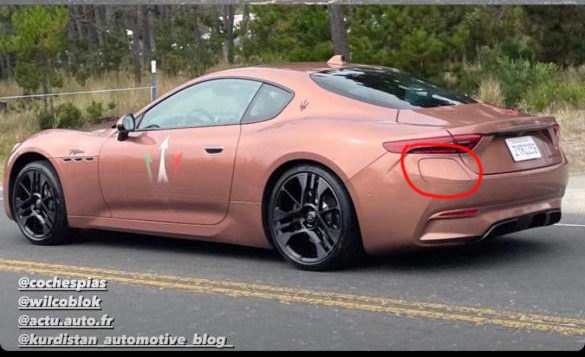
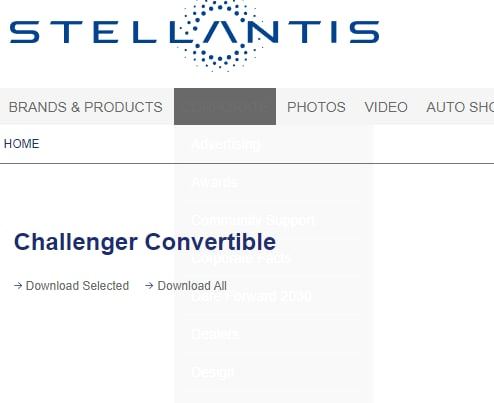
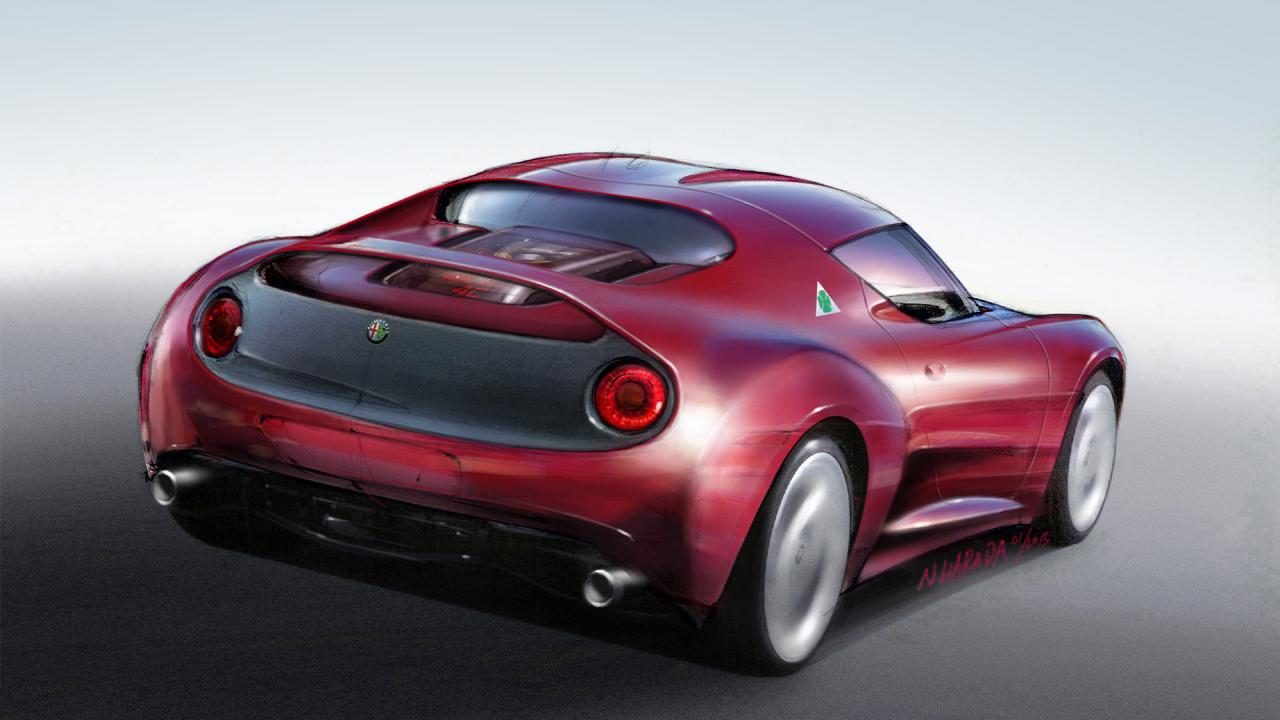
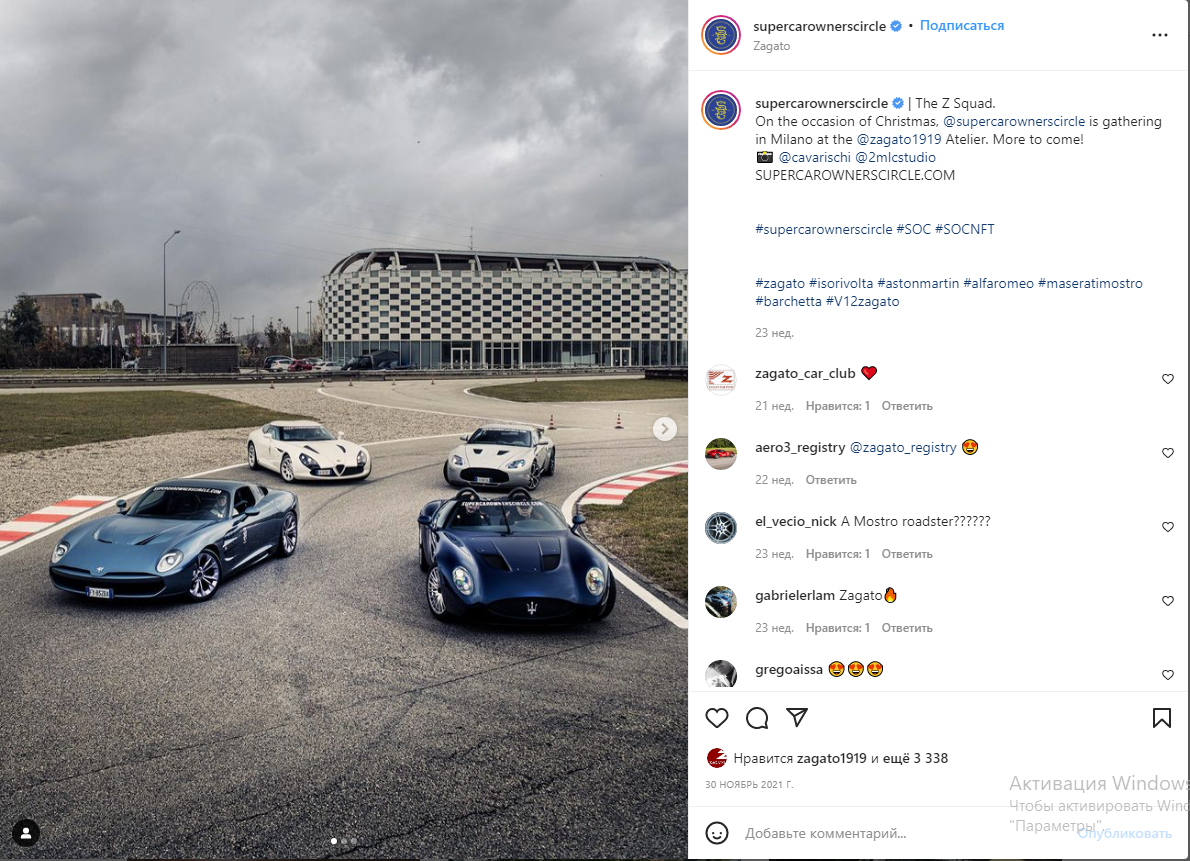
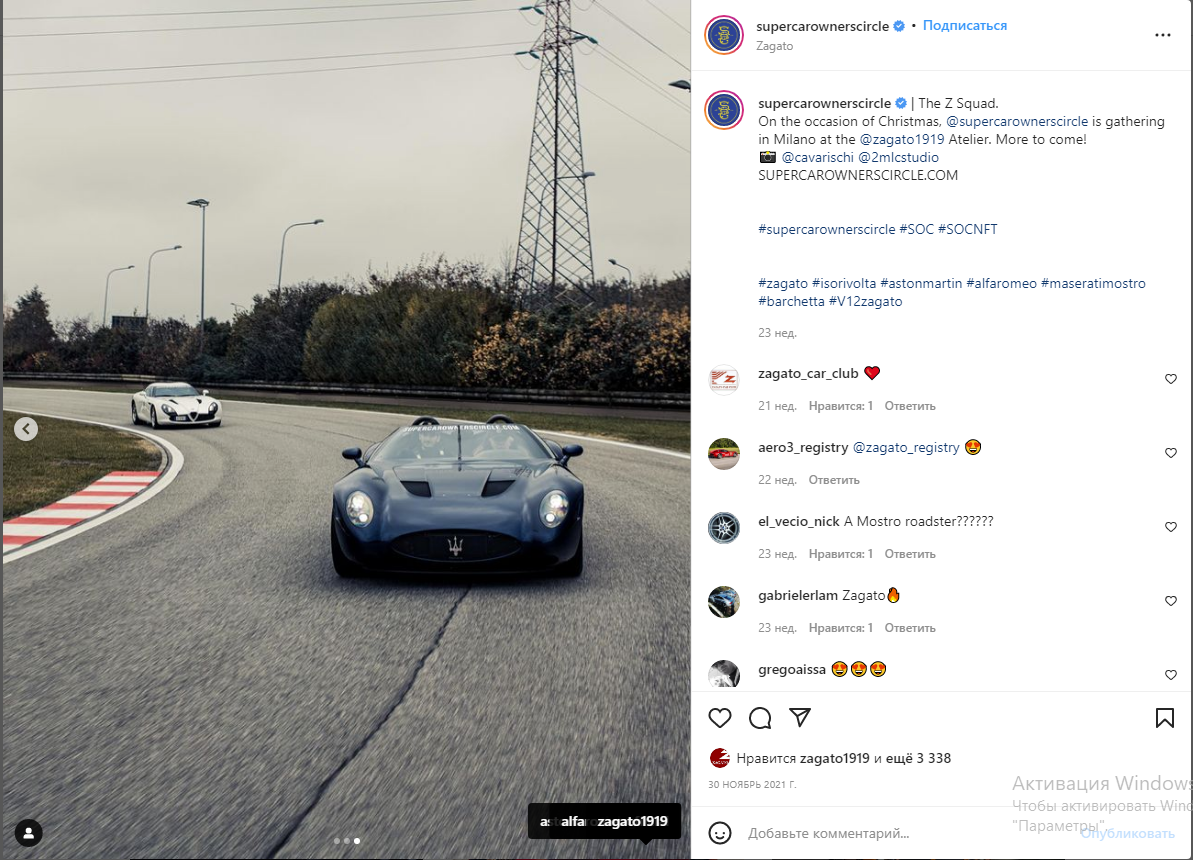
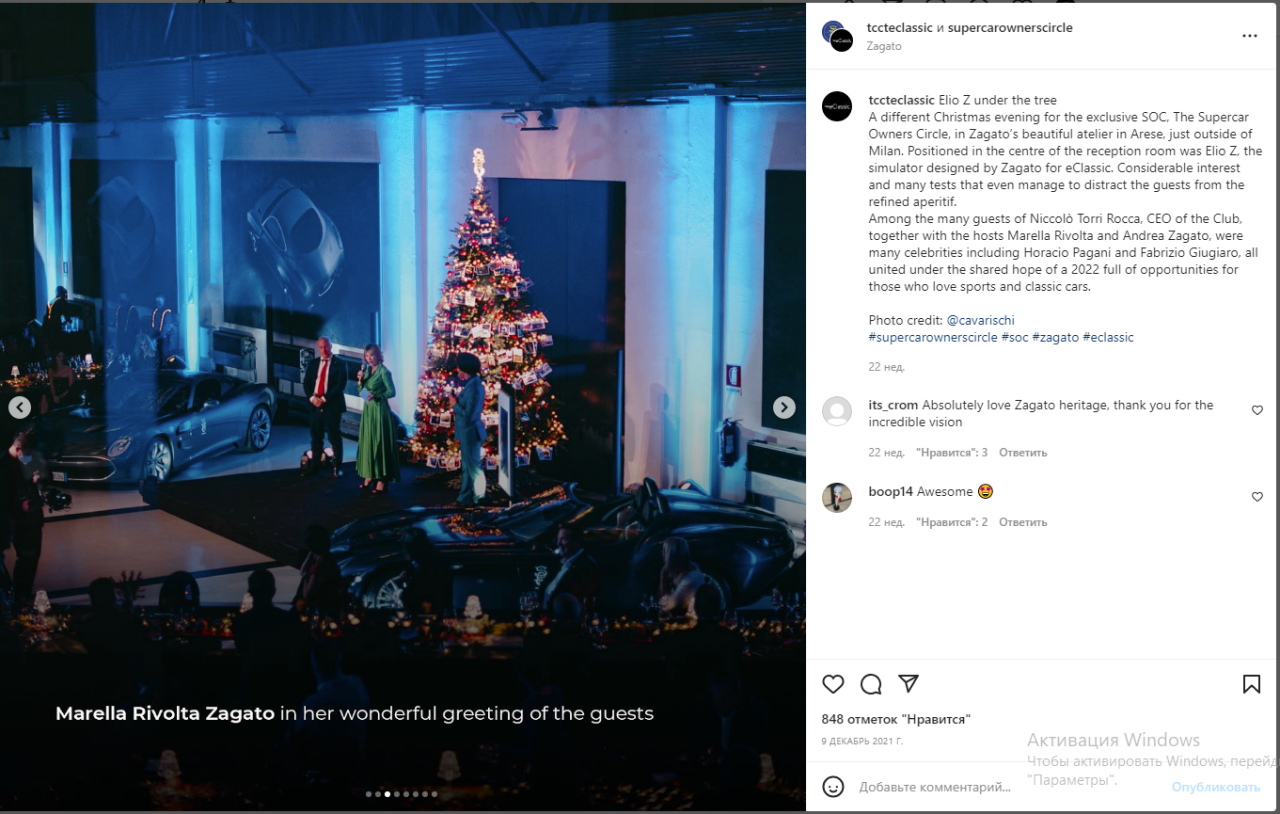
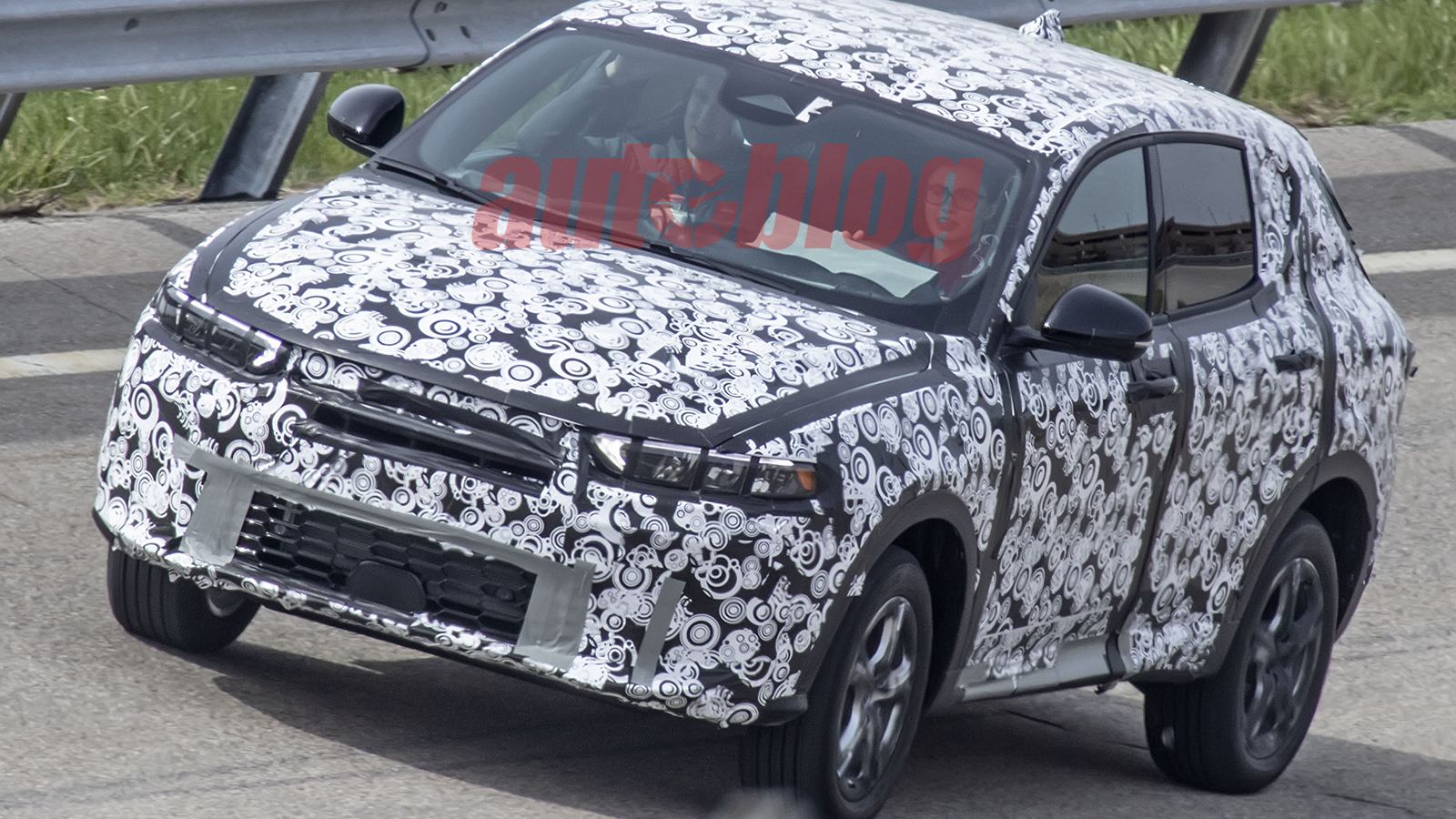
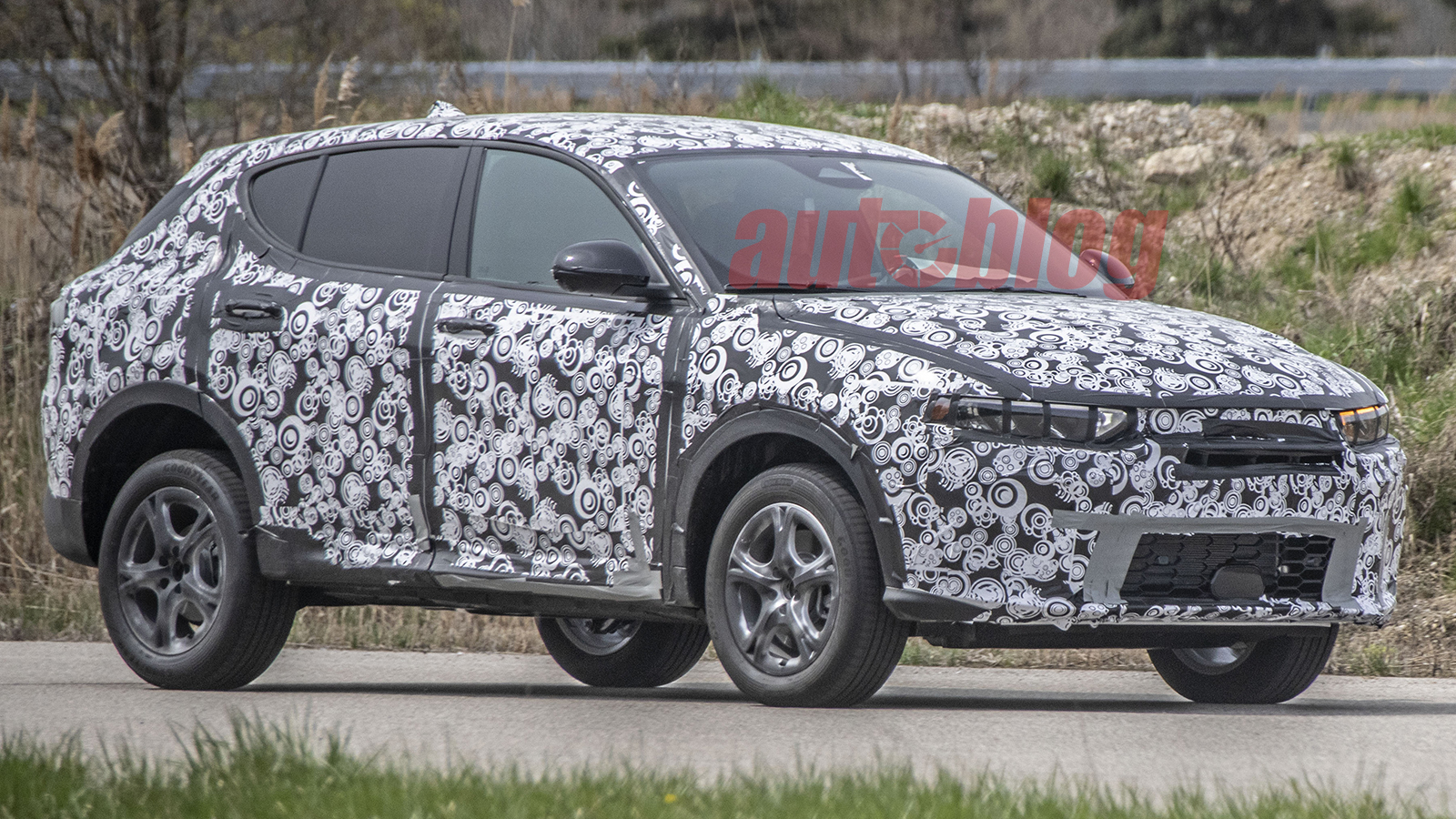


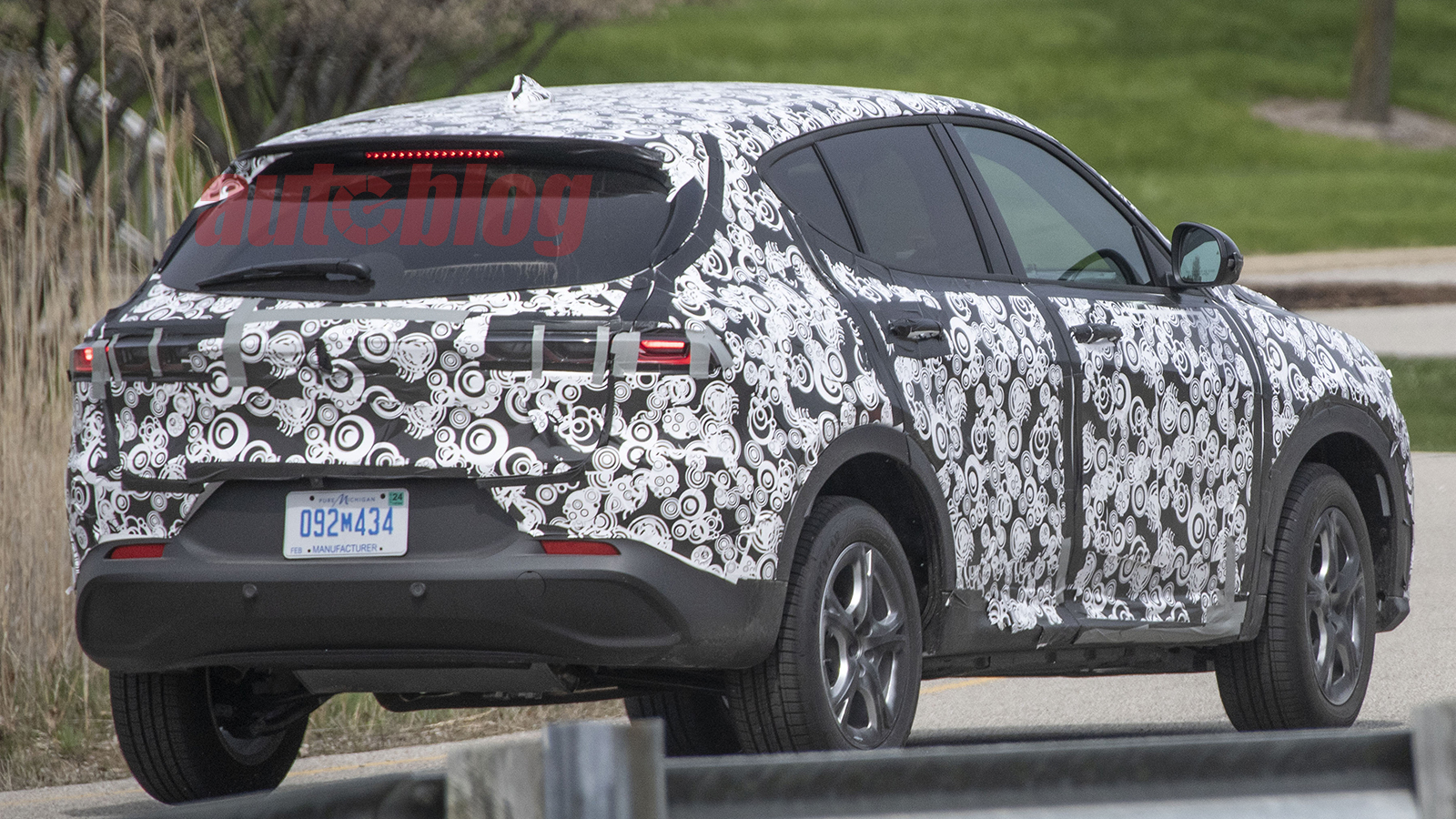



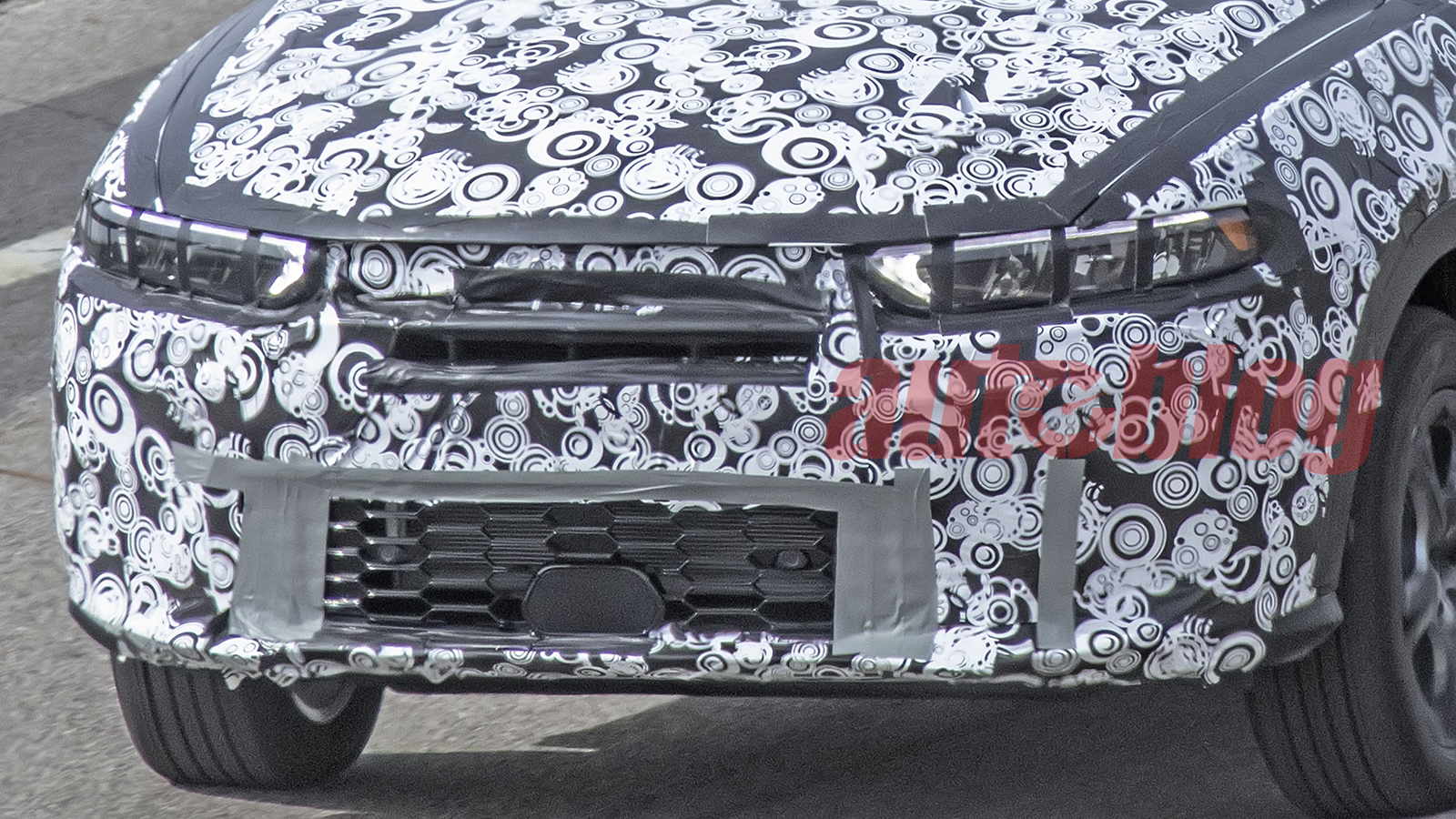
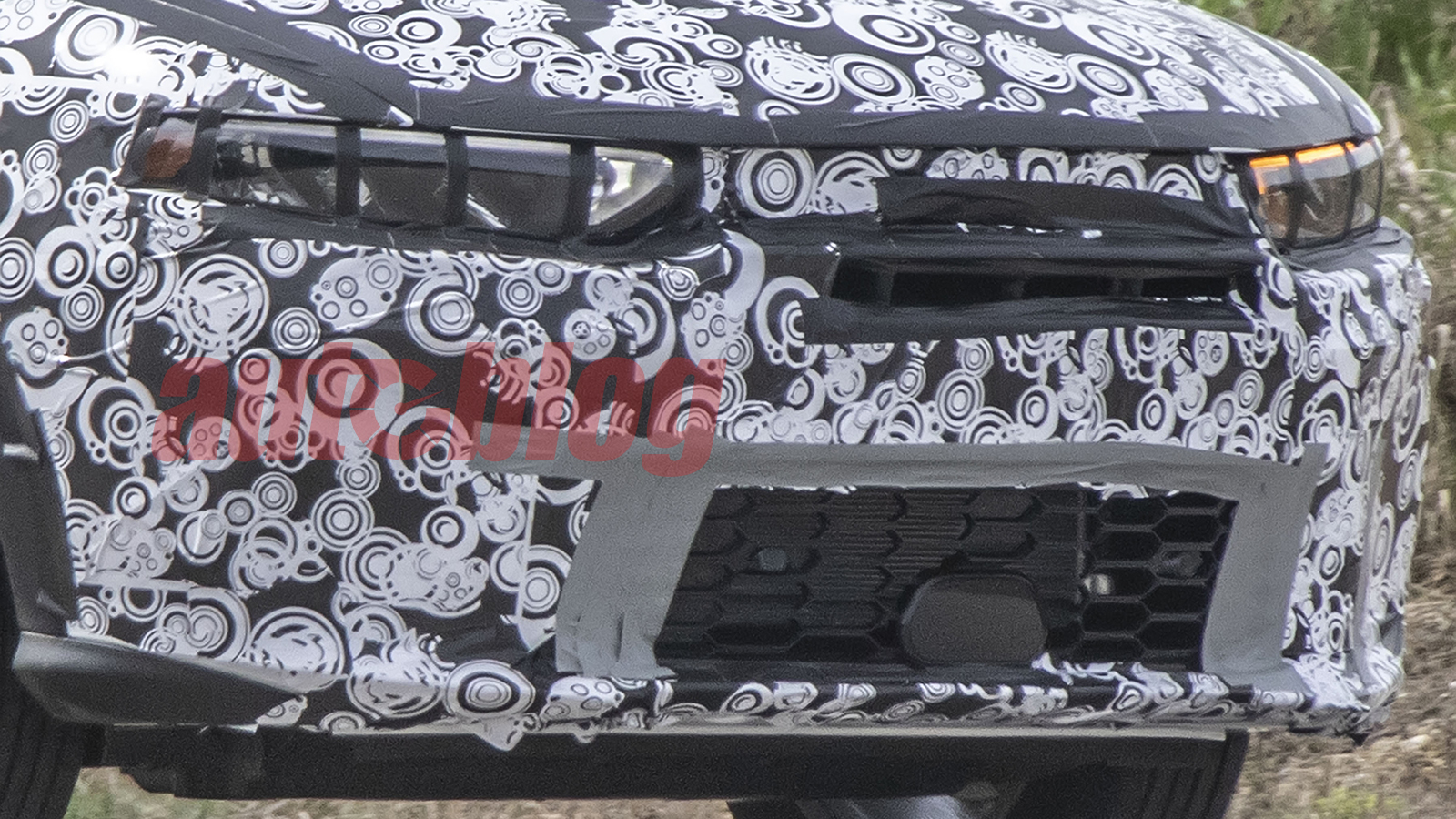
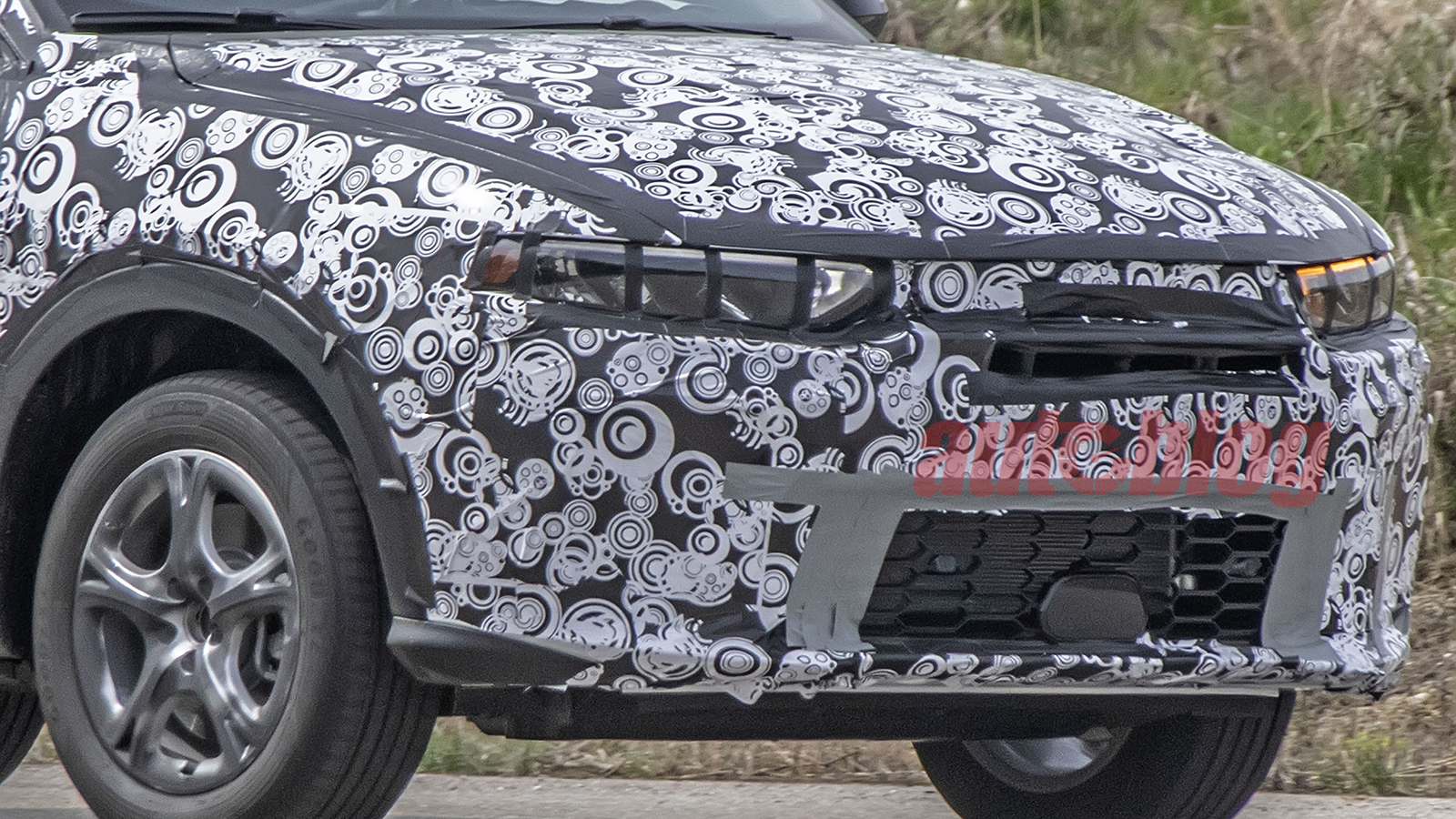
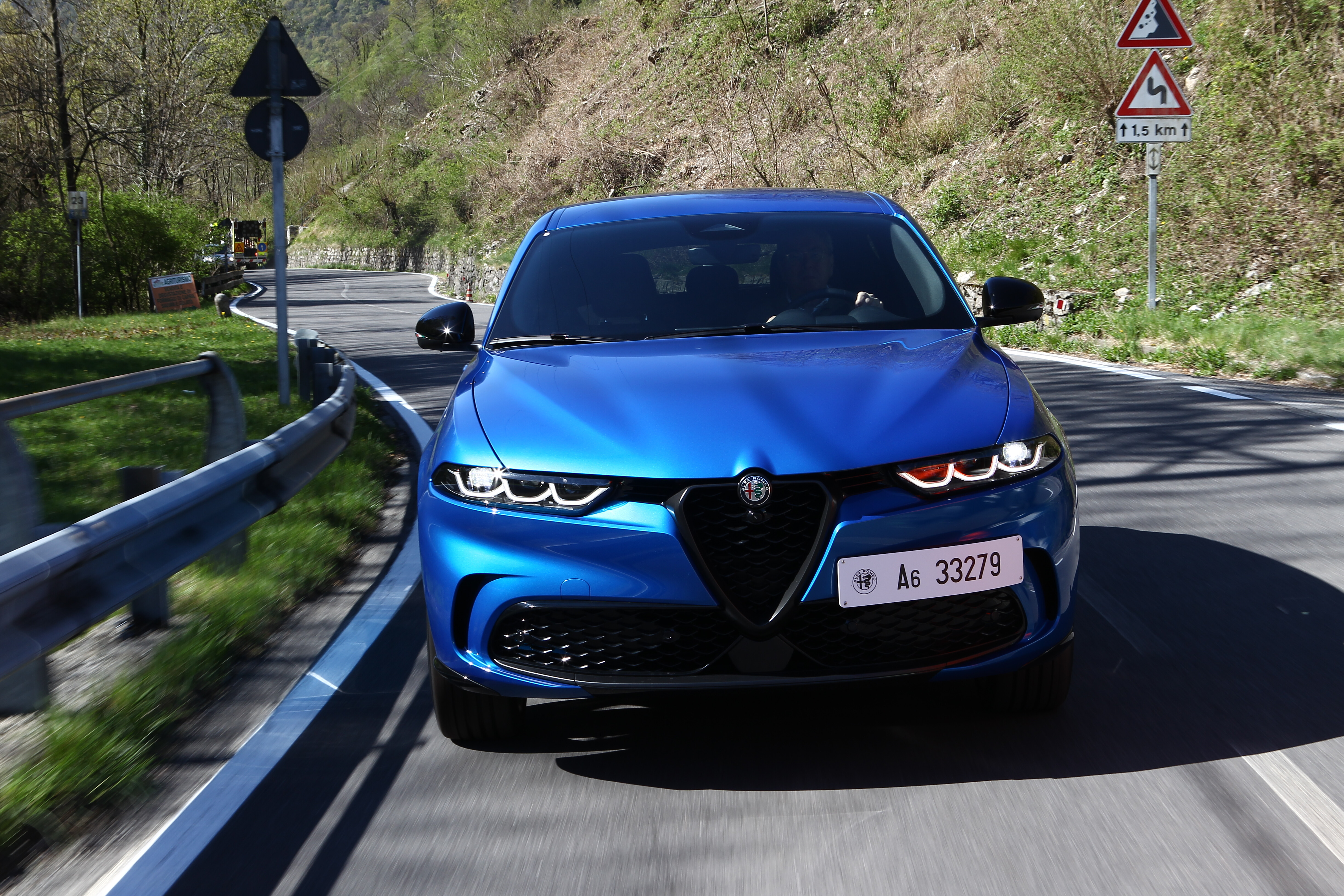

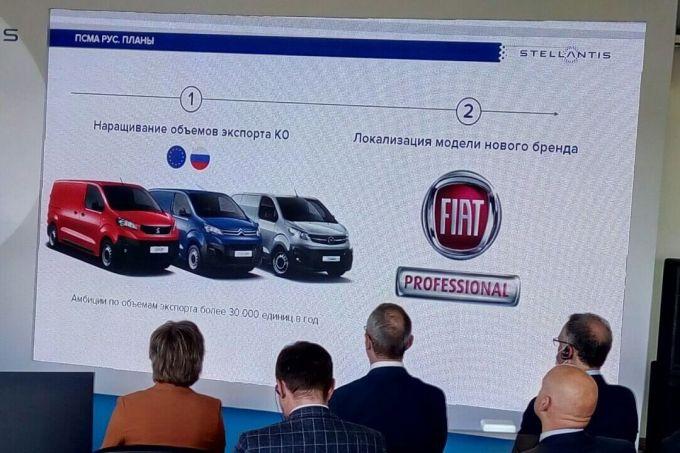

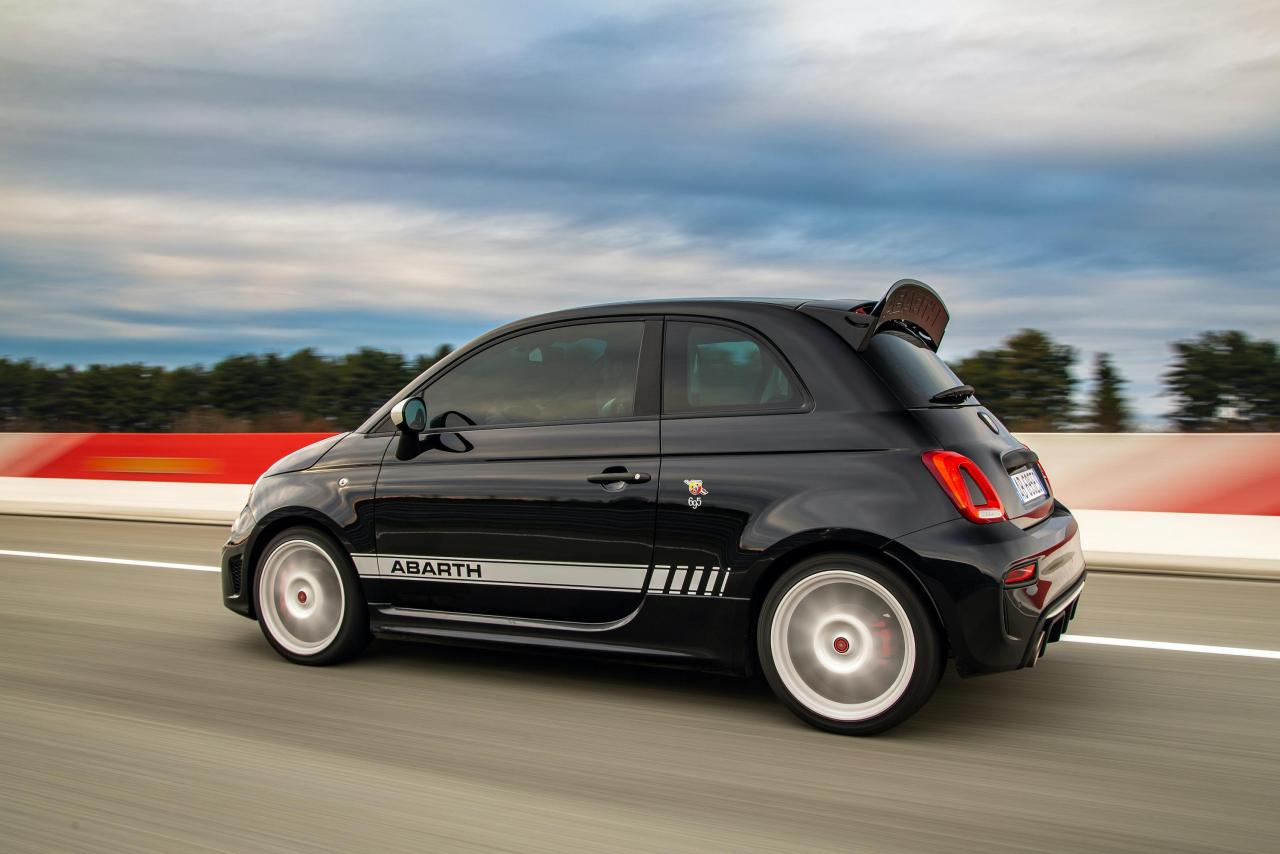
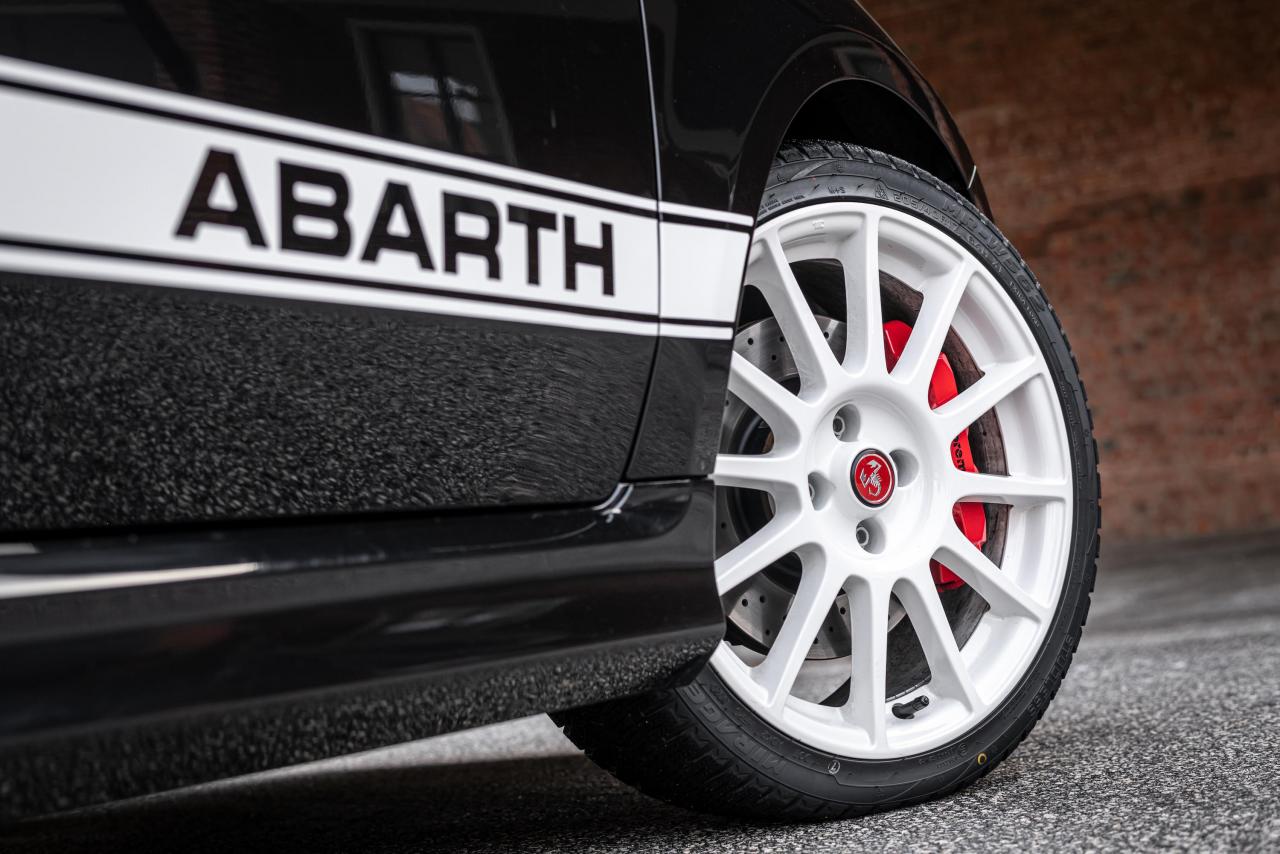
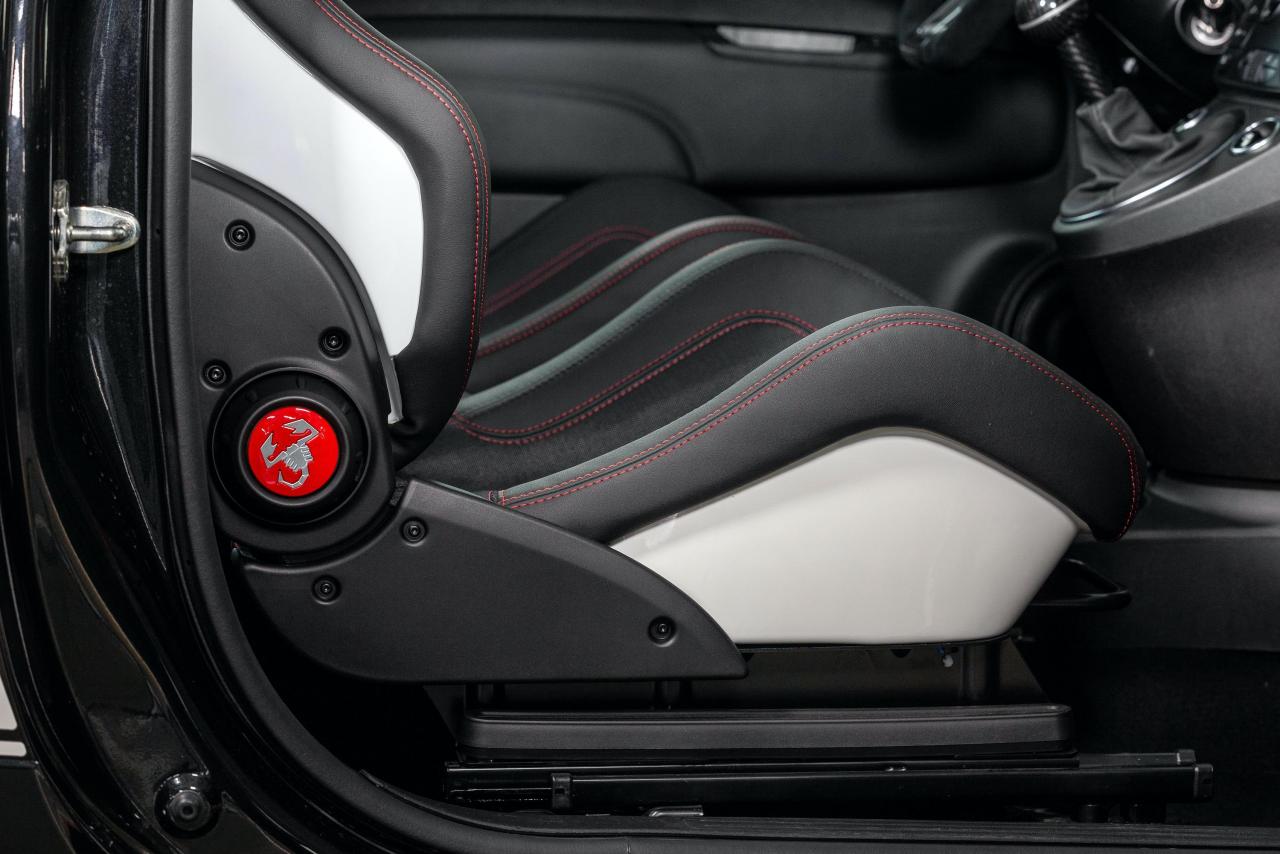
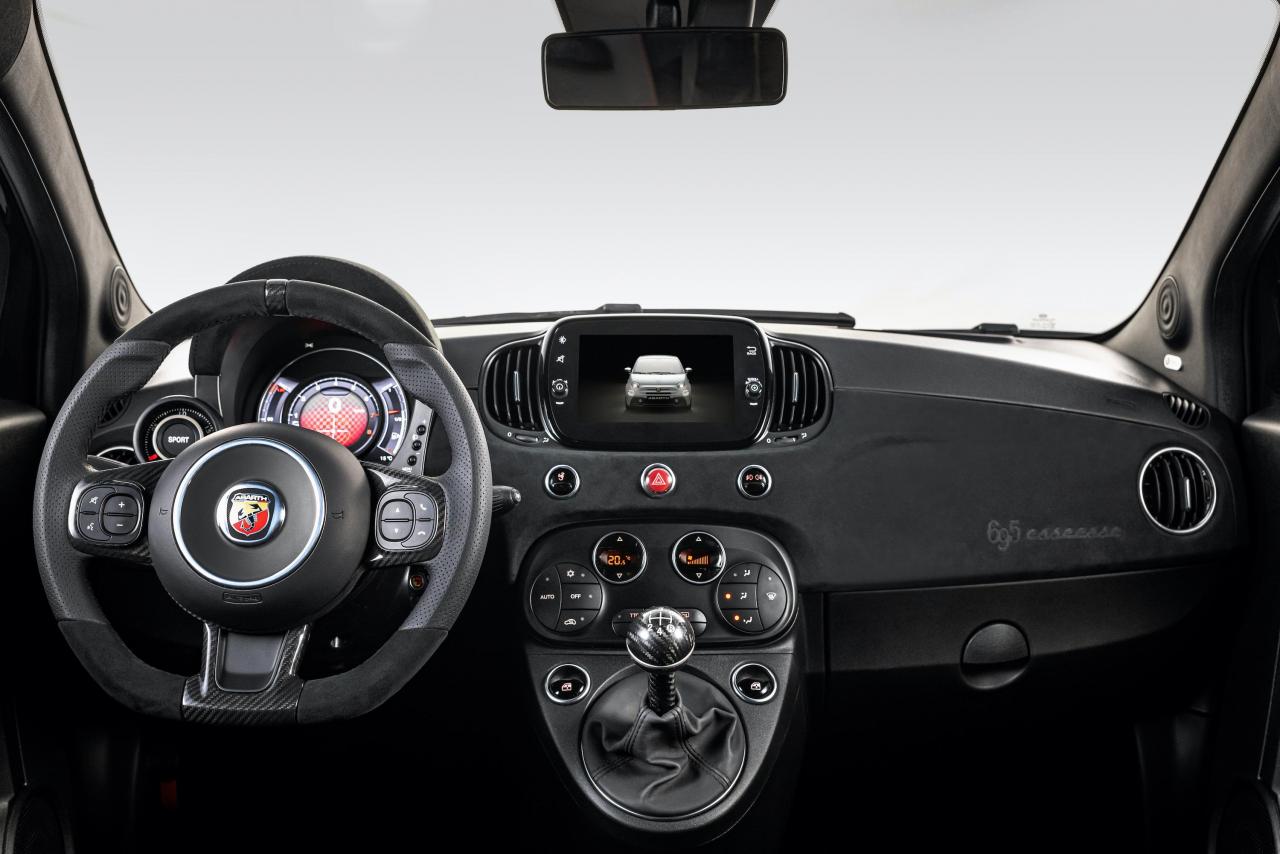
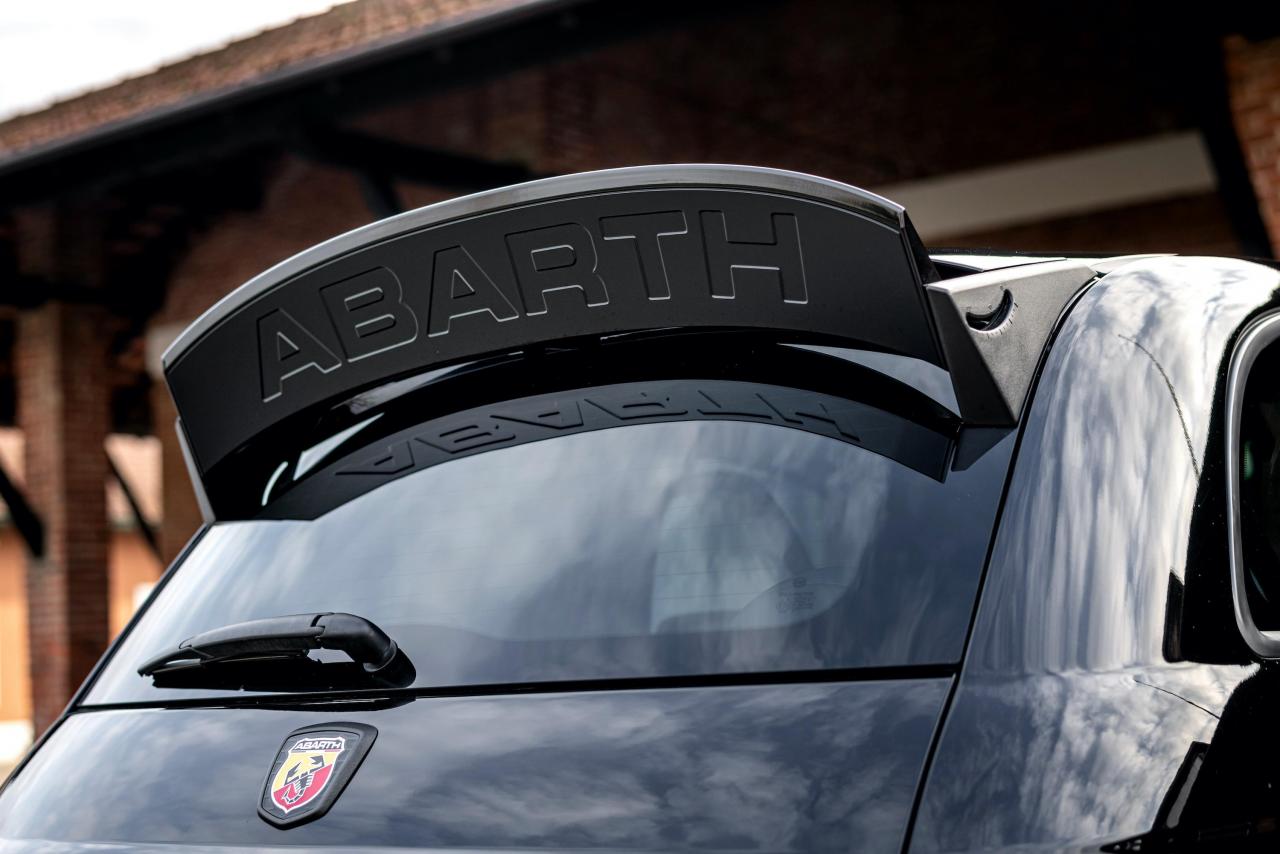
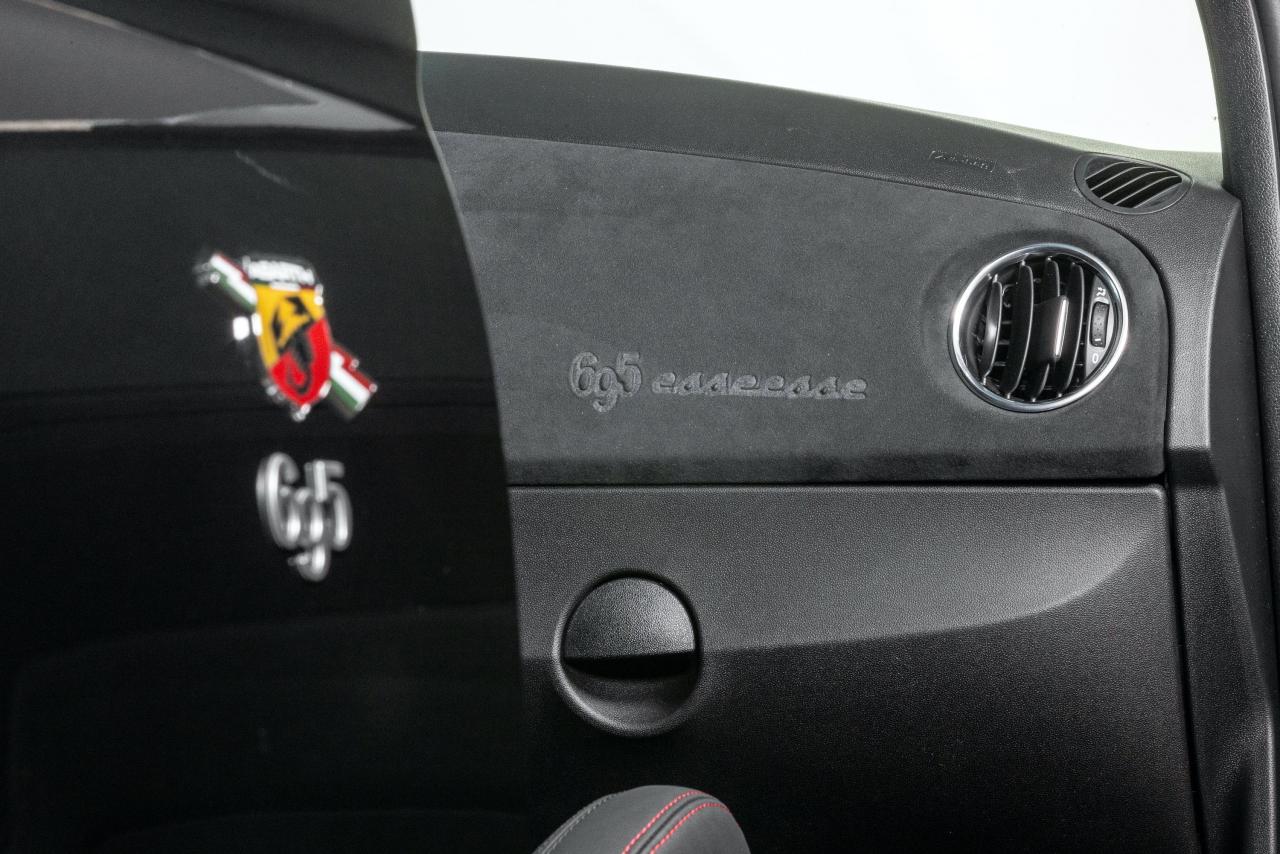
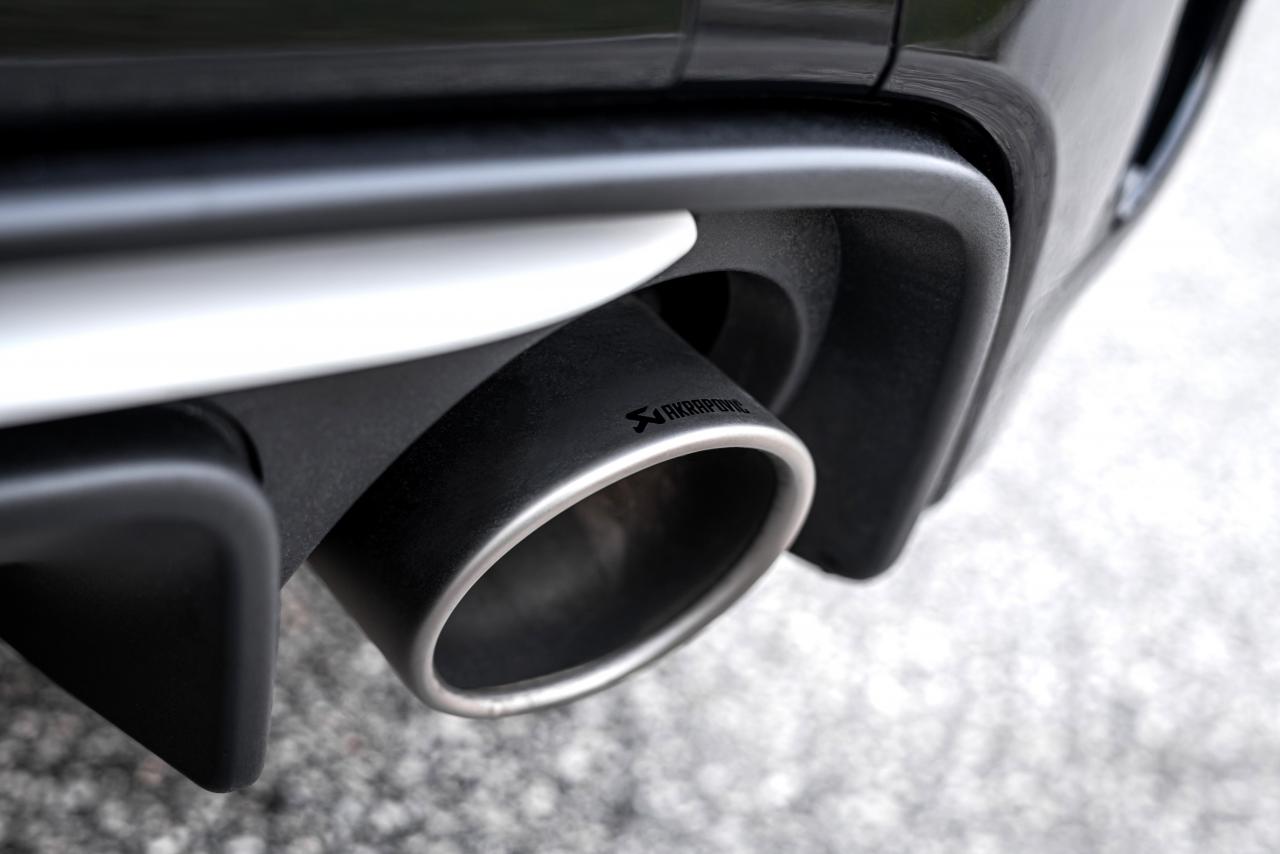
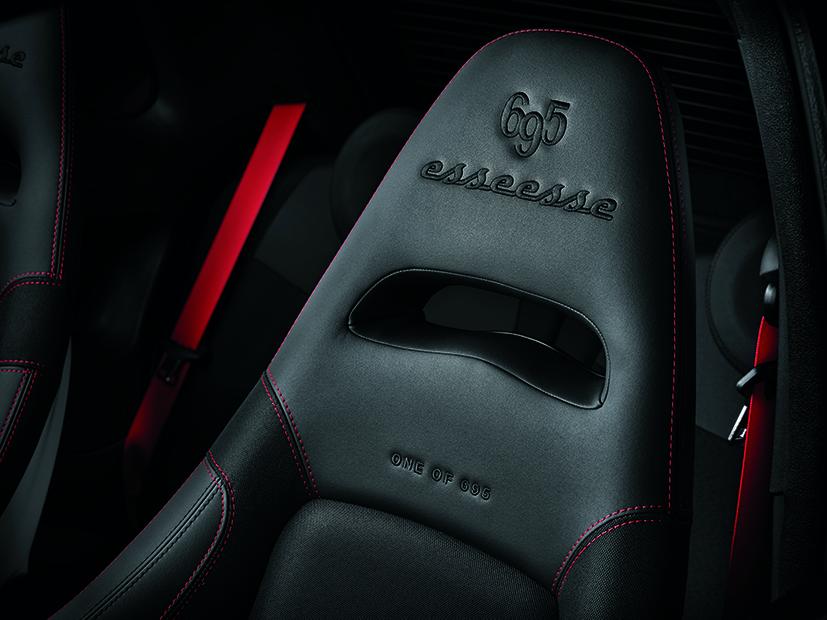
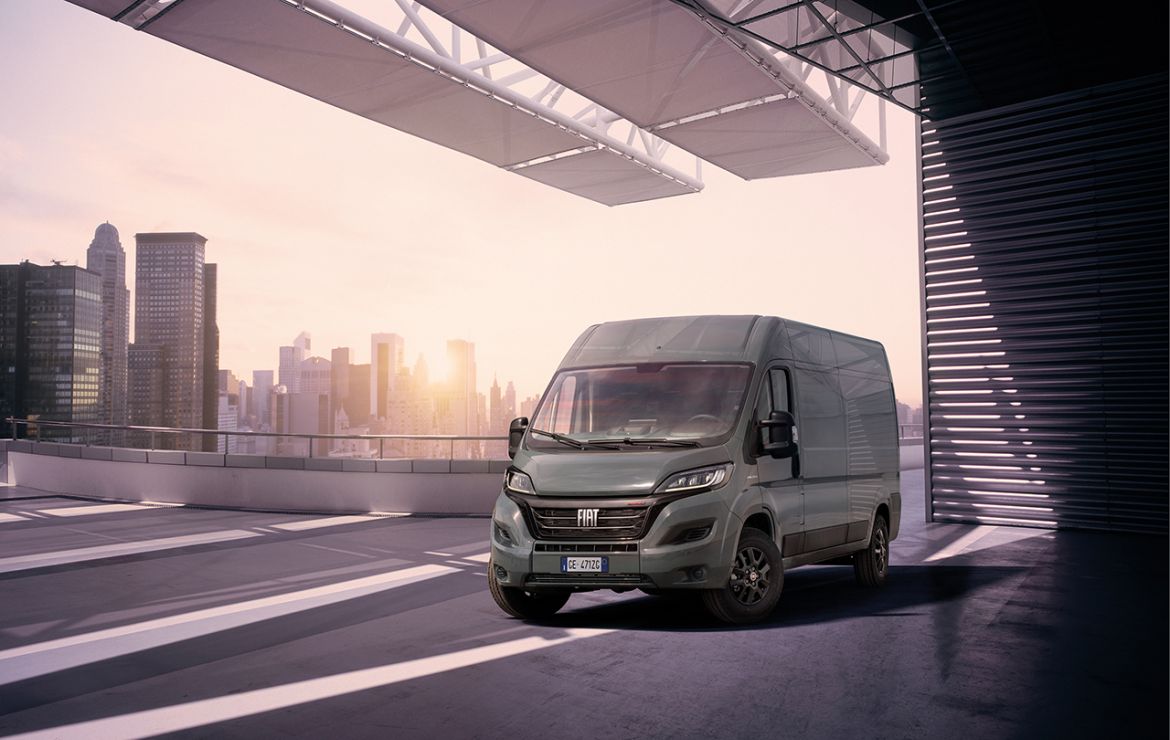
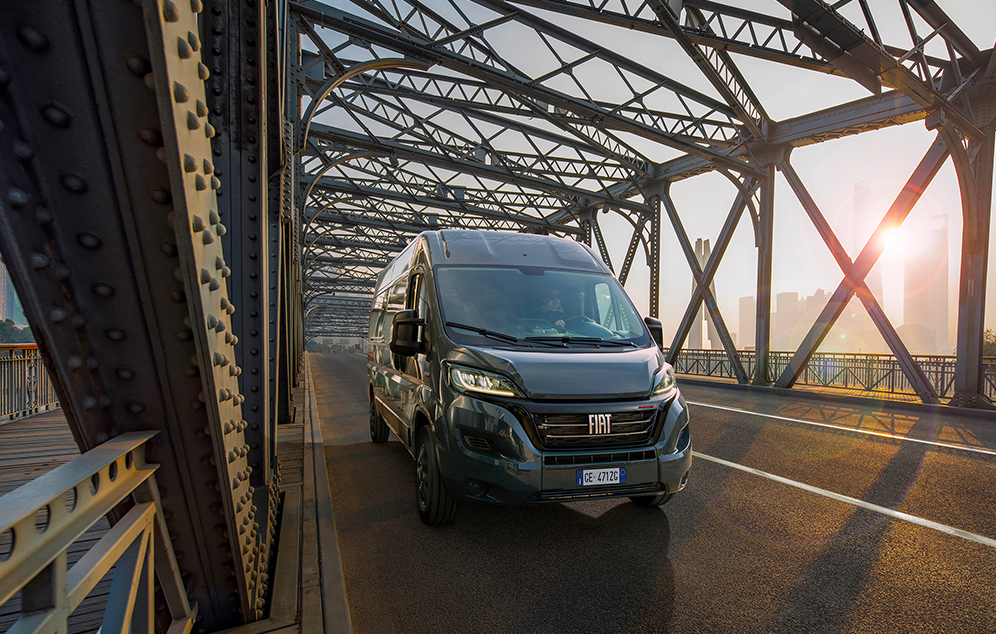
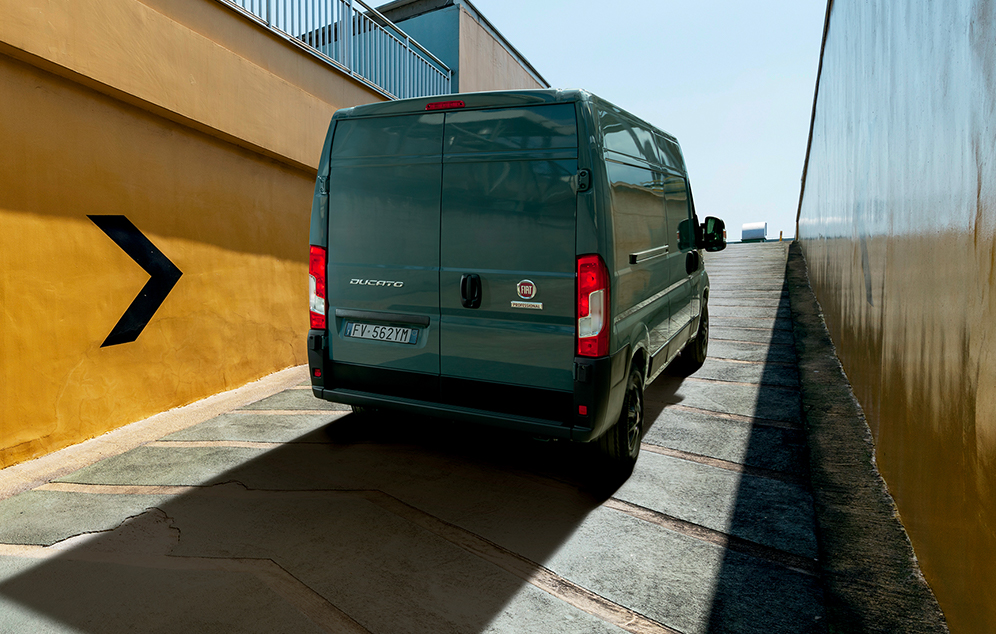
.jpg.3ef519abb5675a4683c077a30044083d.jpg)
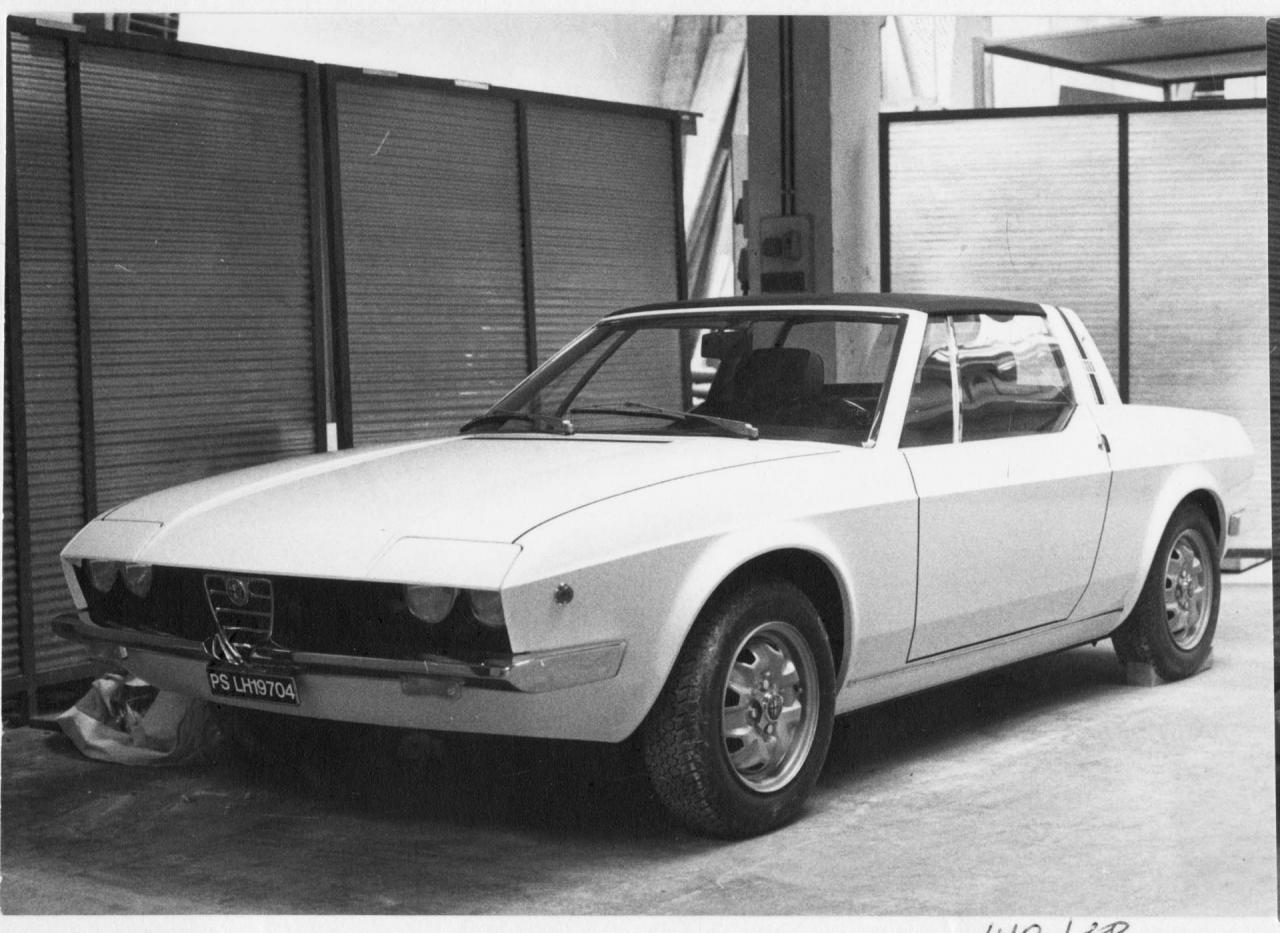
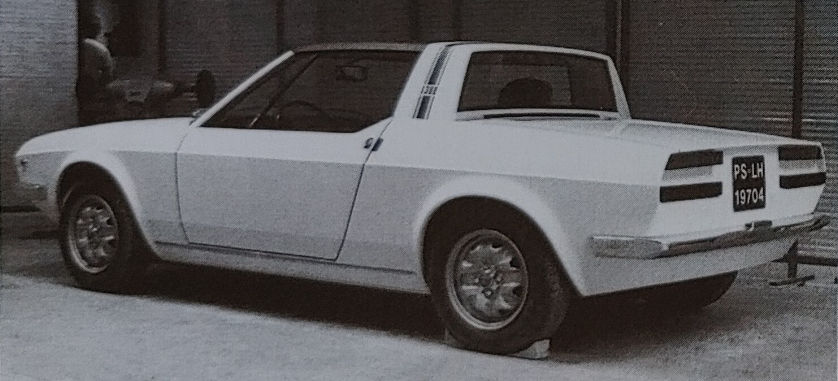
![Alfa Romeo Hug [Trolling Mode]](https://www.autopareri.com/uploads/reactions/Alfaromeocare.png.50be1dd8d7c15ba4fec8098a15bfa18a.png)

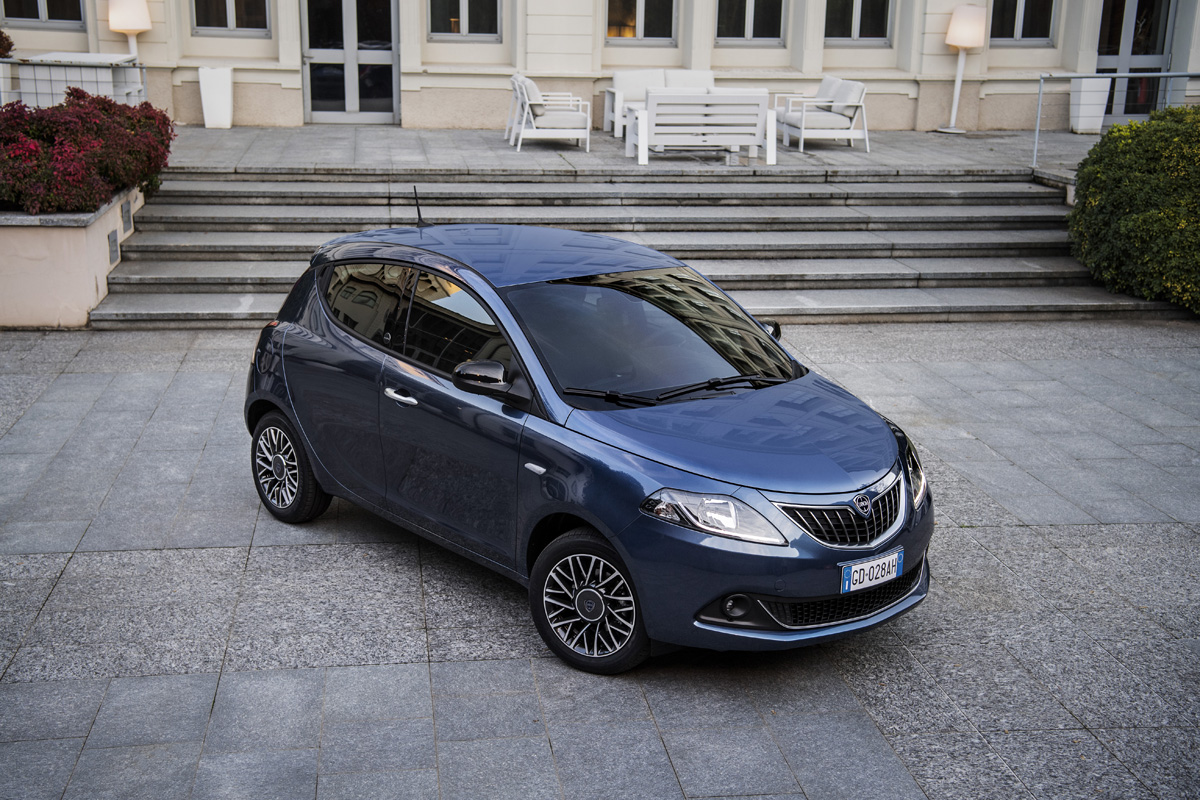
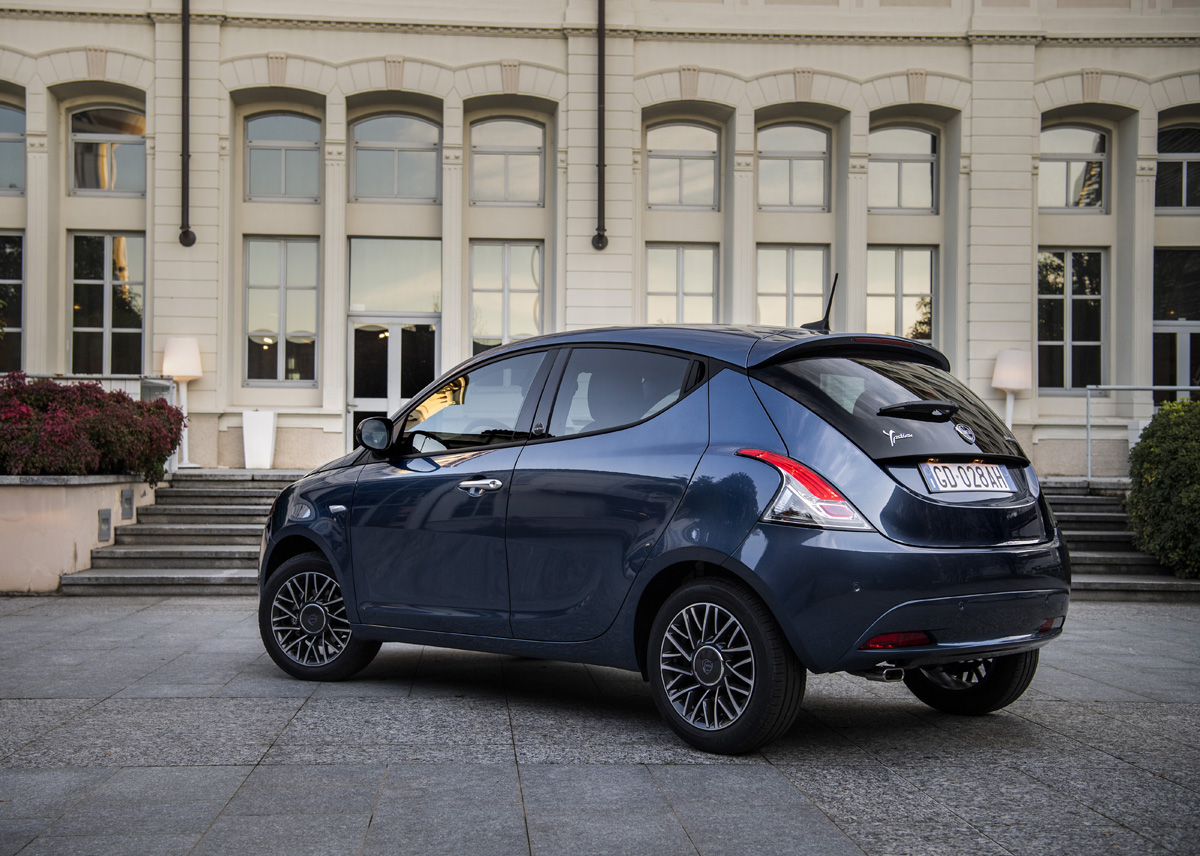
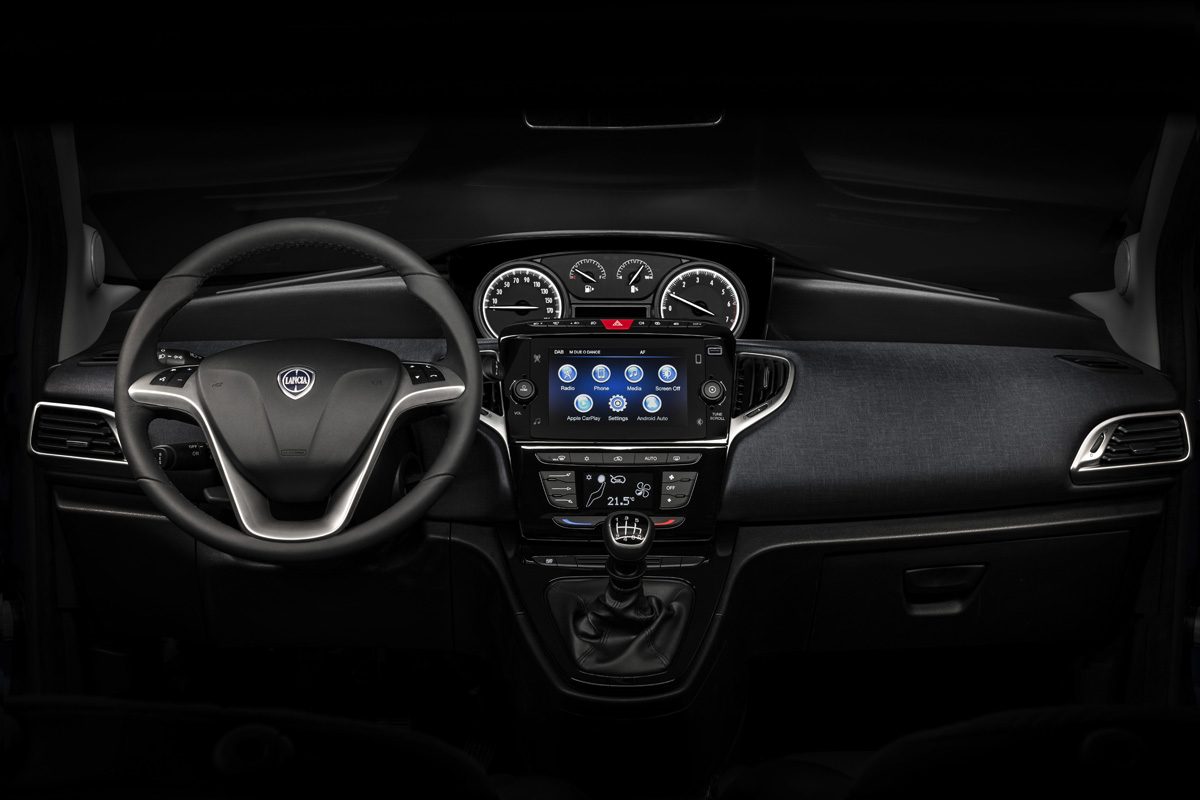
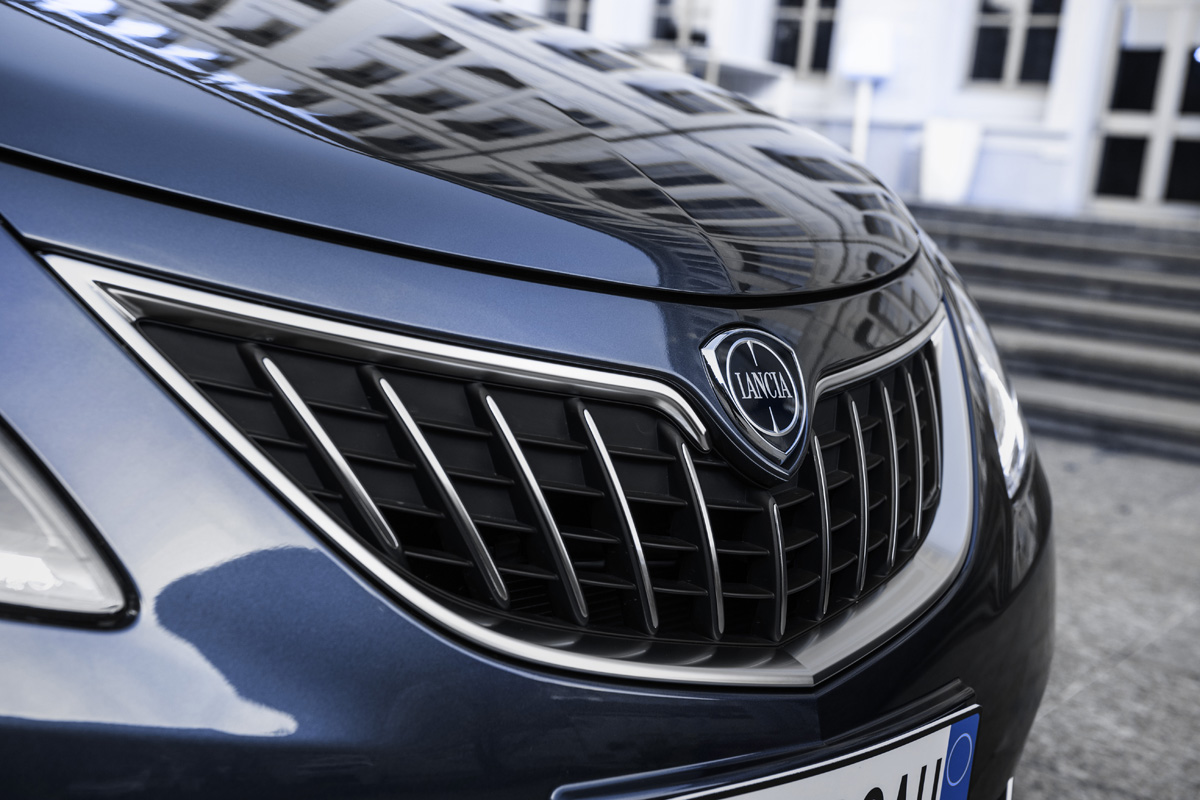
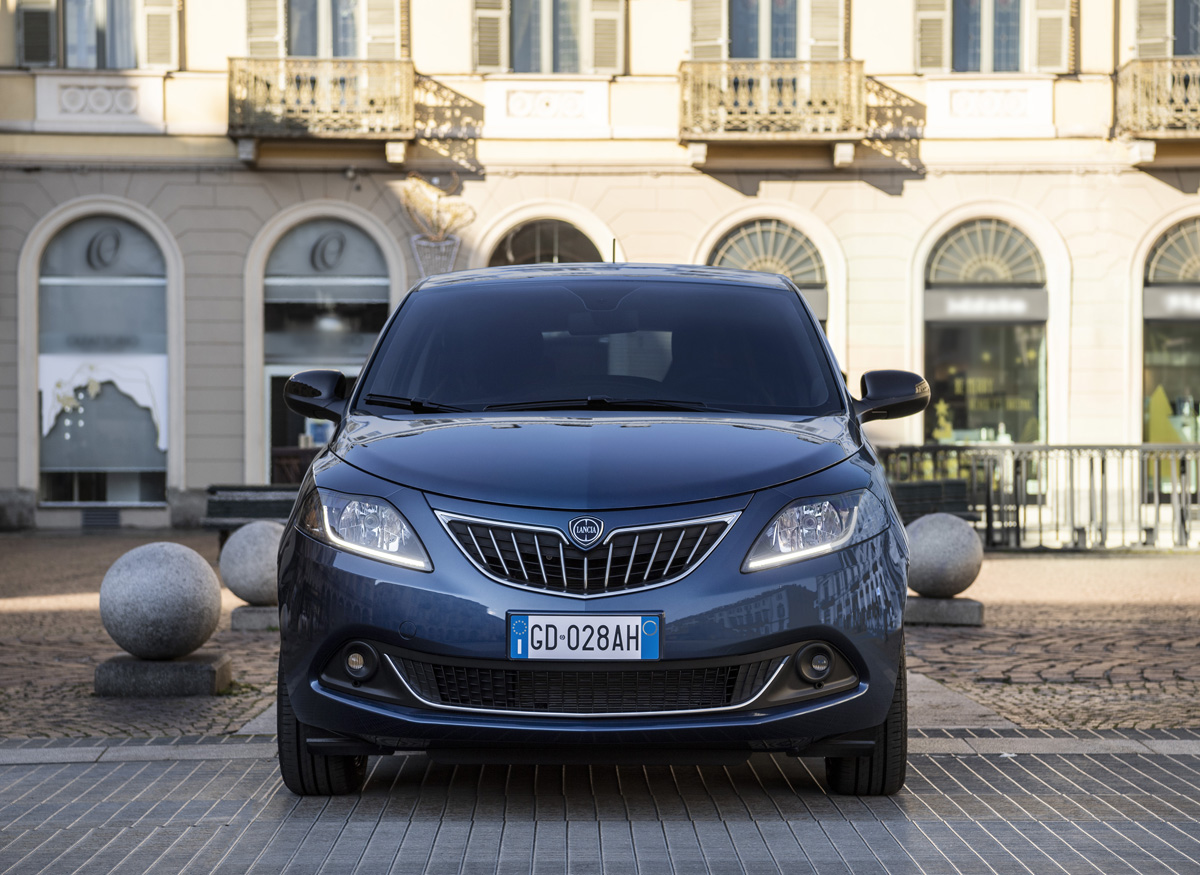
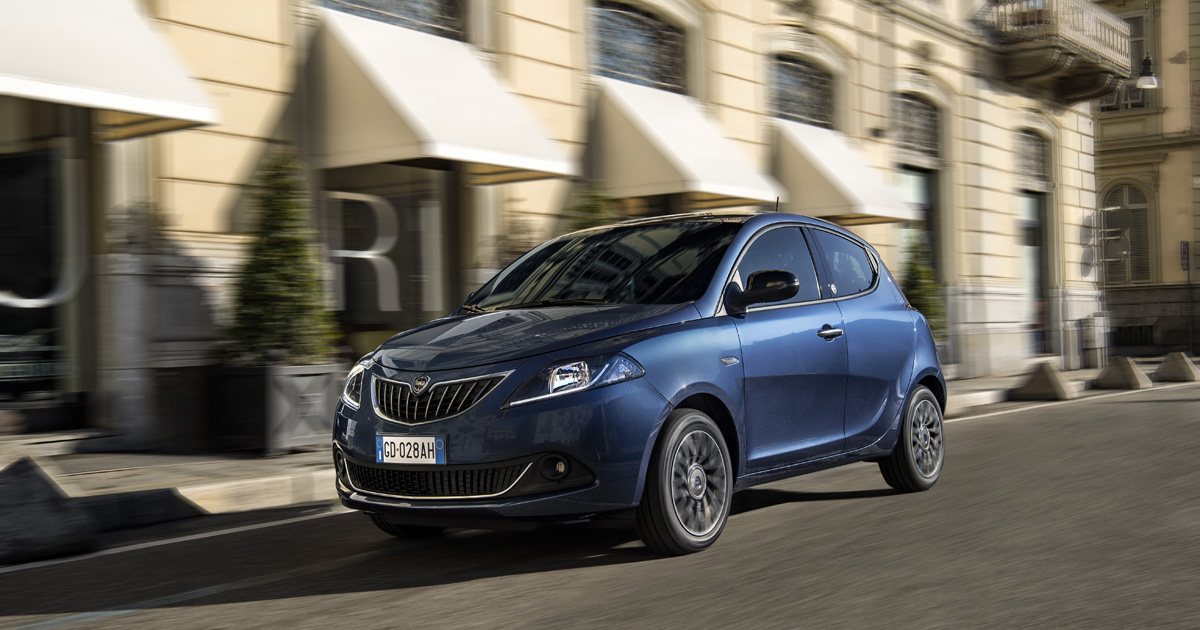
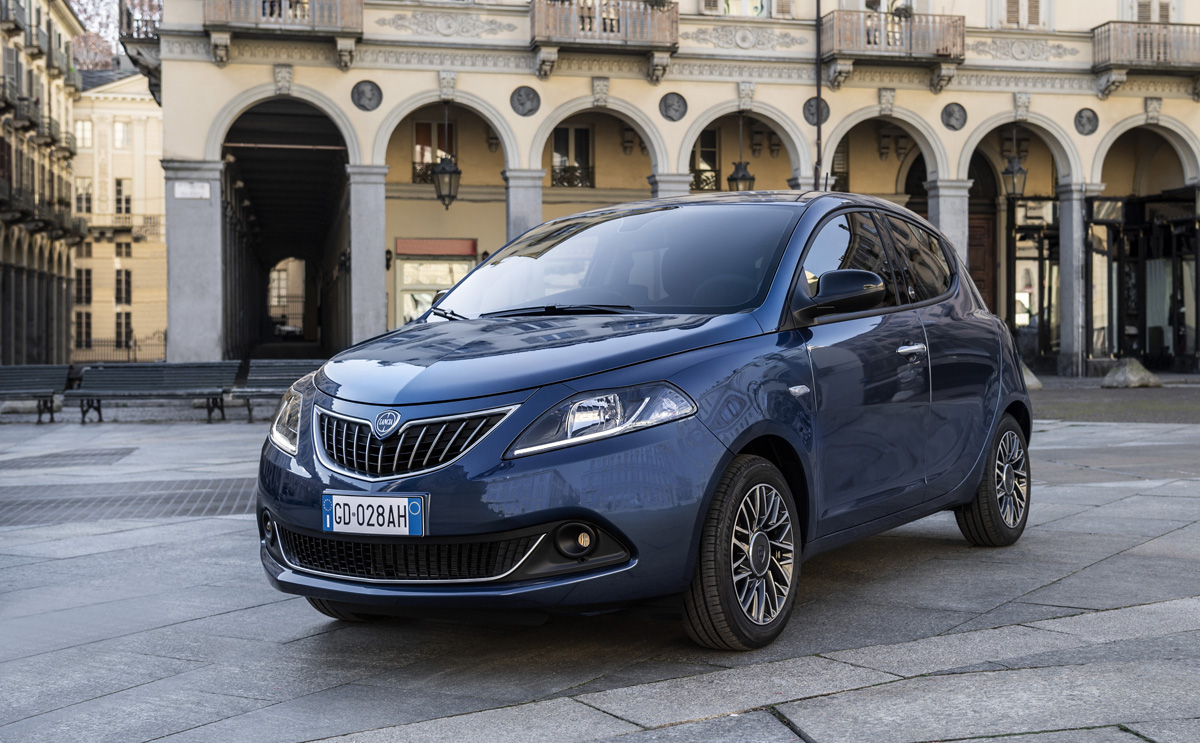
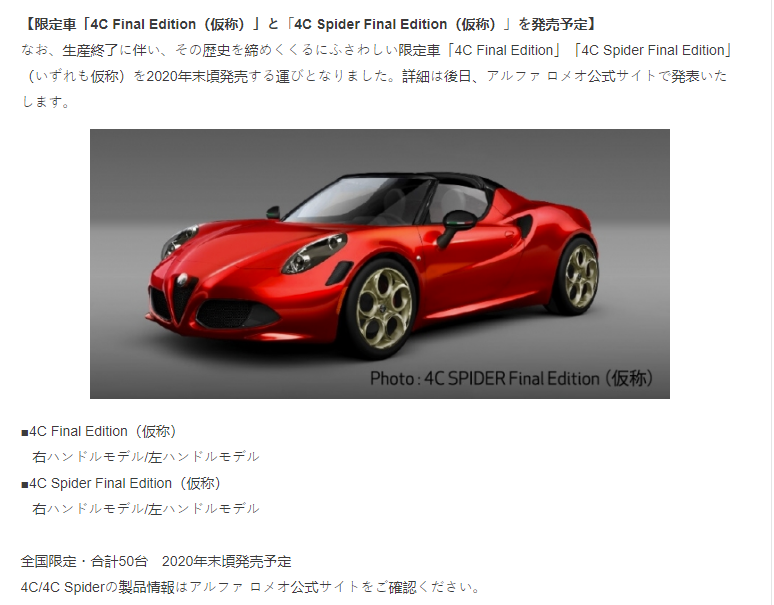
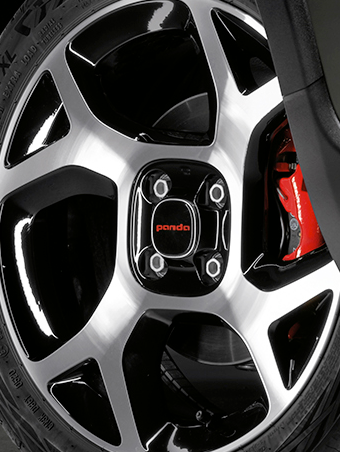
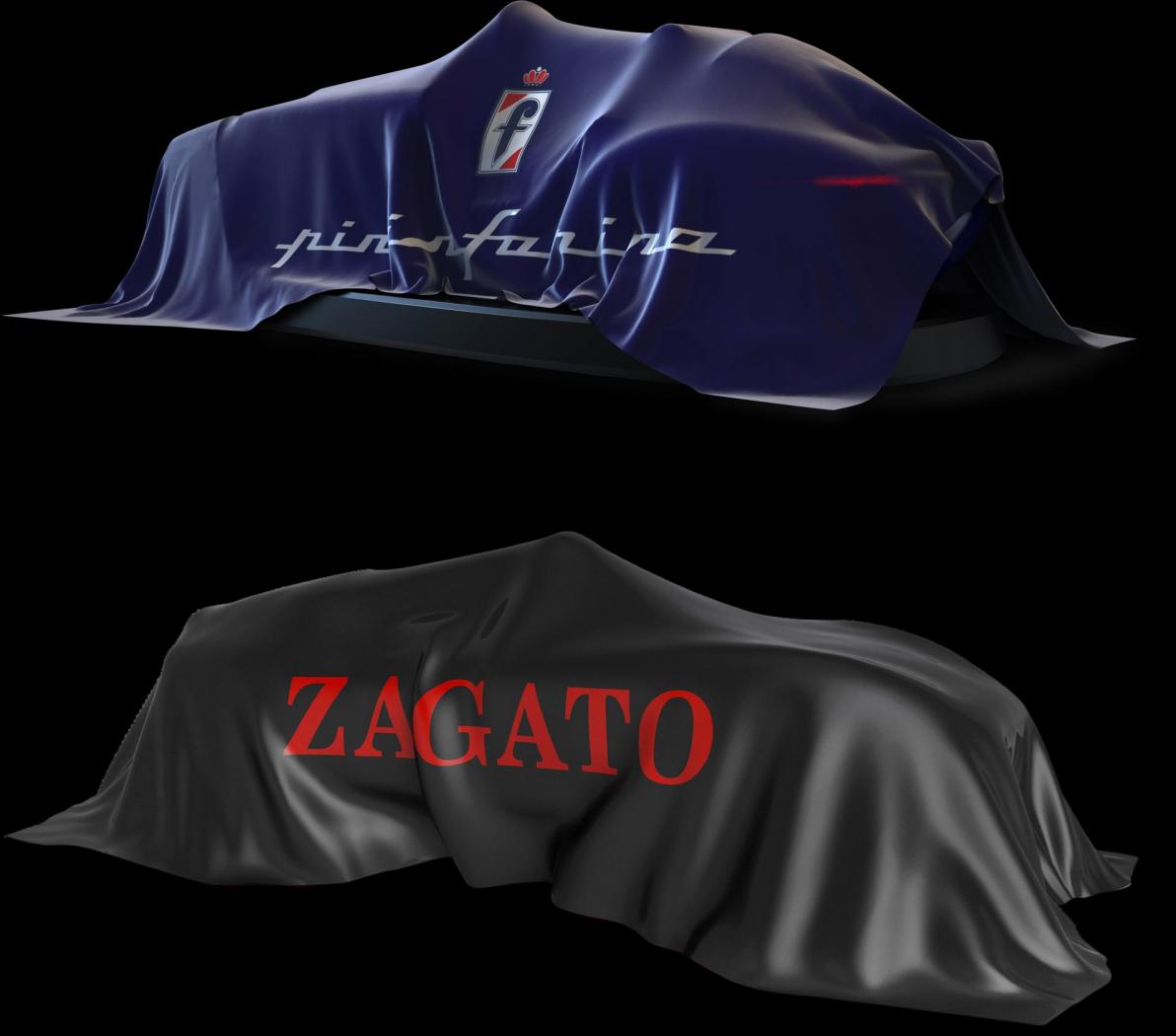
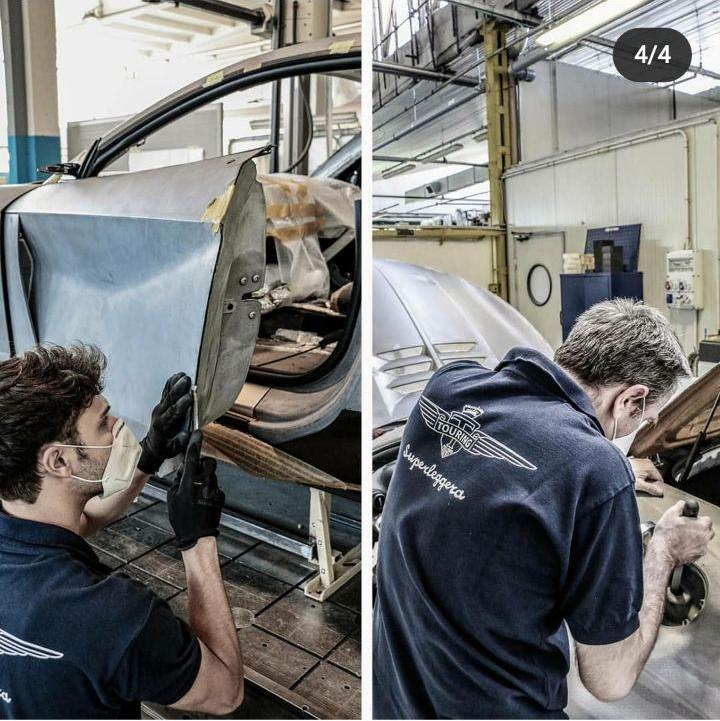
Lamborghini Urus EVO 2023 (Spy)
in Scoops and Rumors
Inviato
Fully leaked in UAE
https://www.thenationalnews.com/lifestyle/motoring/2022/08/19/lamborghini-urus-performante-test-drive-suv-is-a-galloping-success-ahead-of-uae-launch/